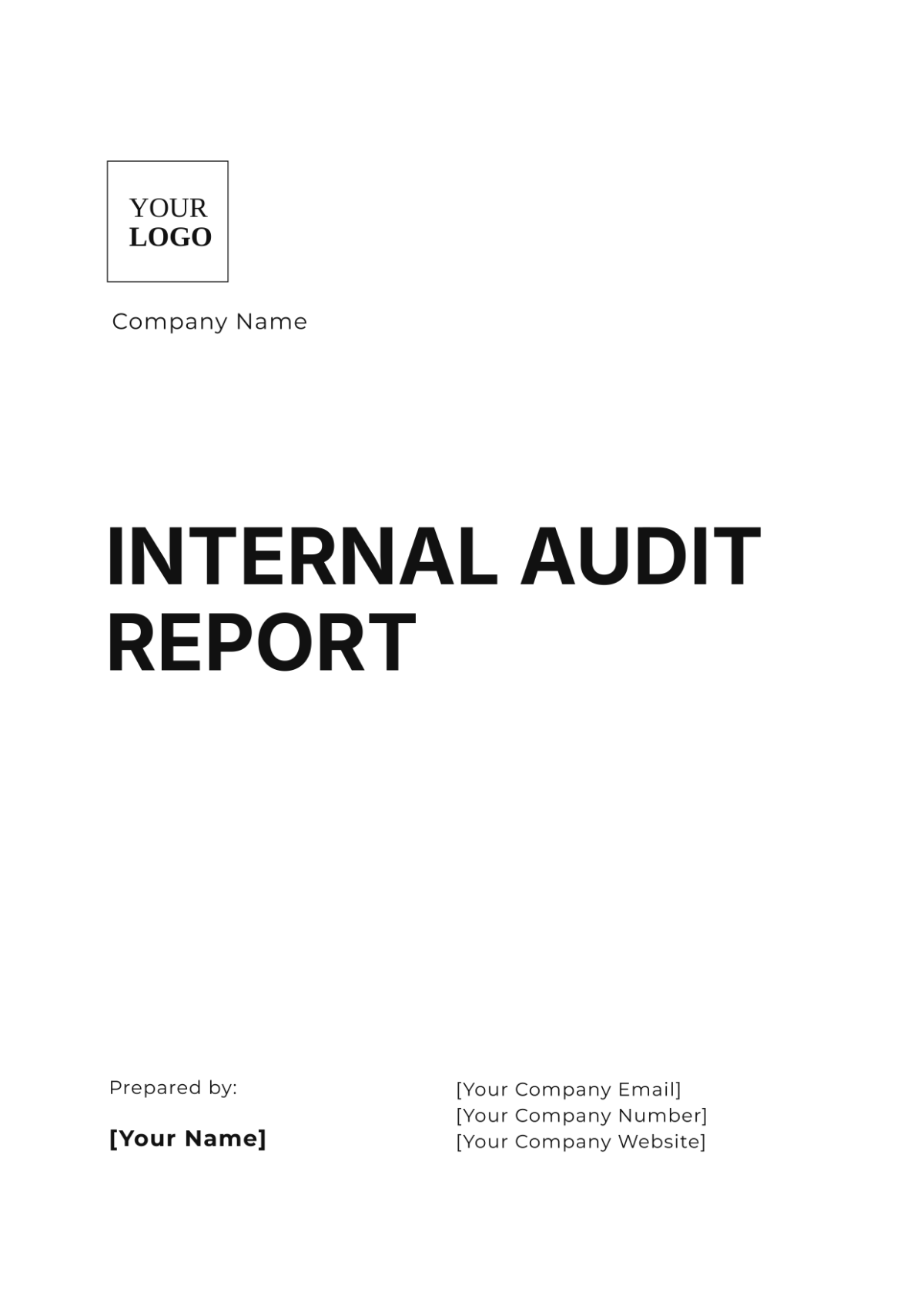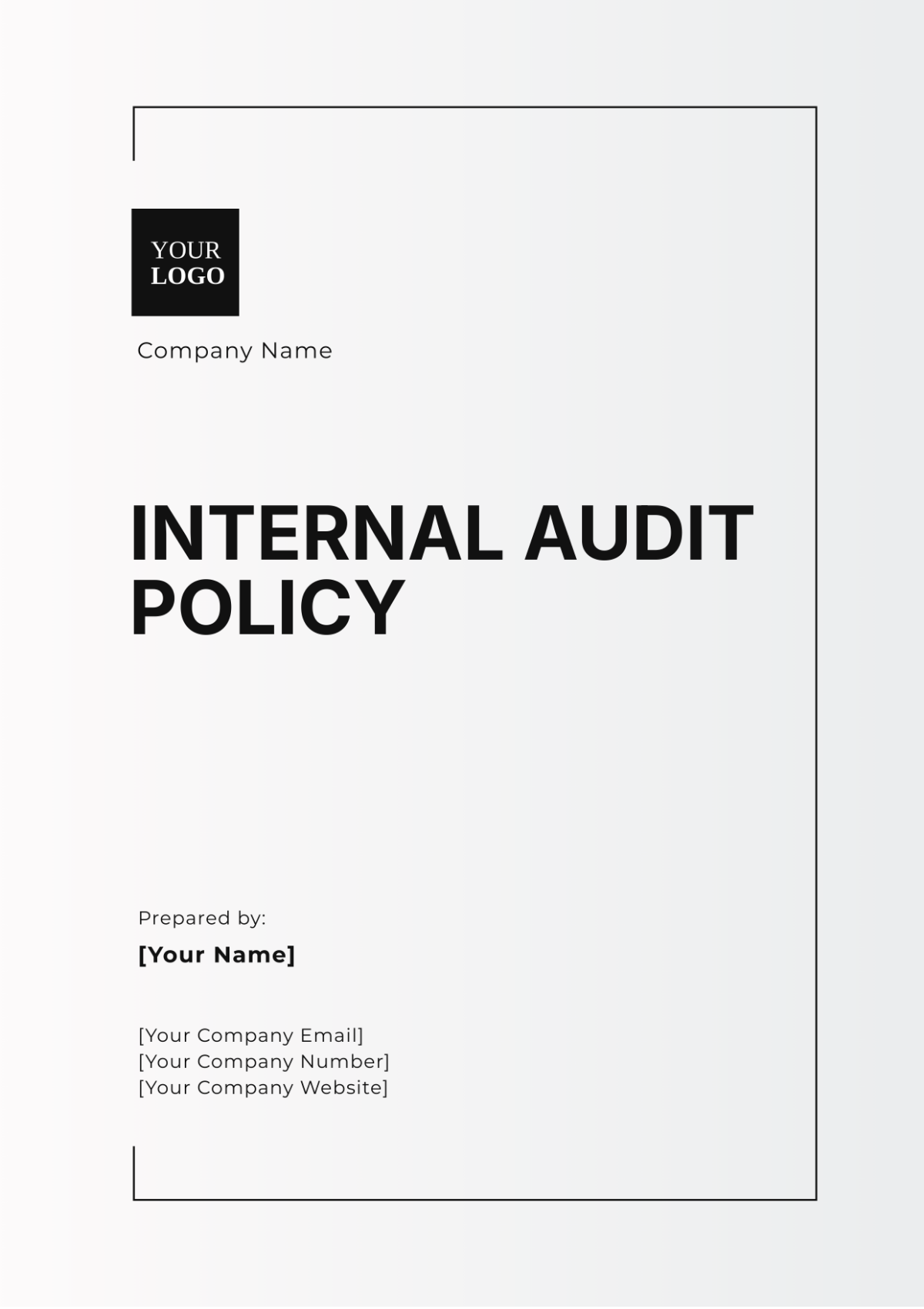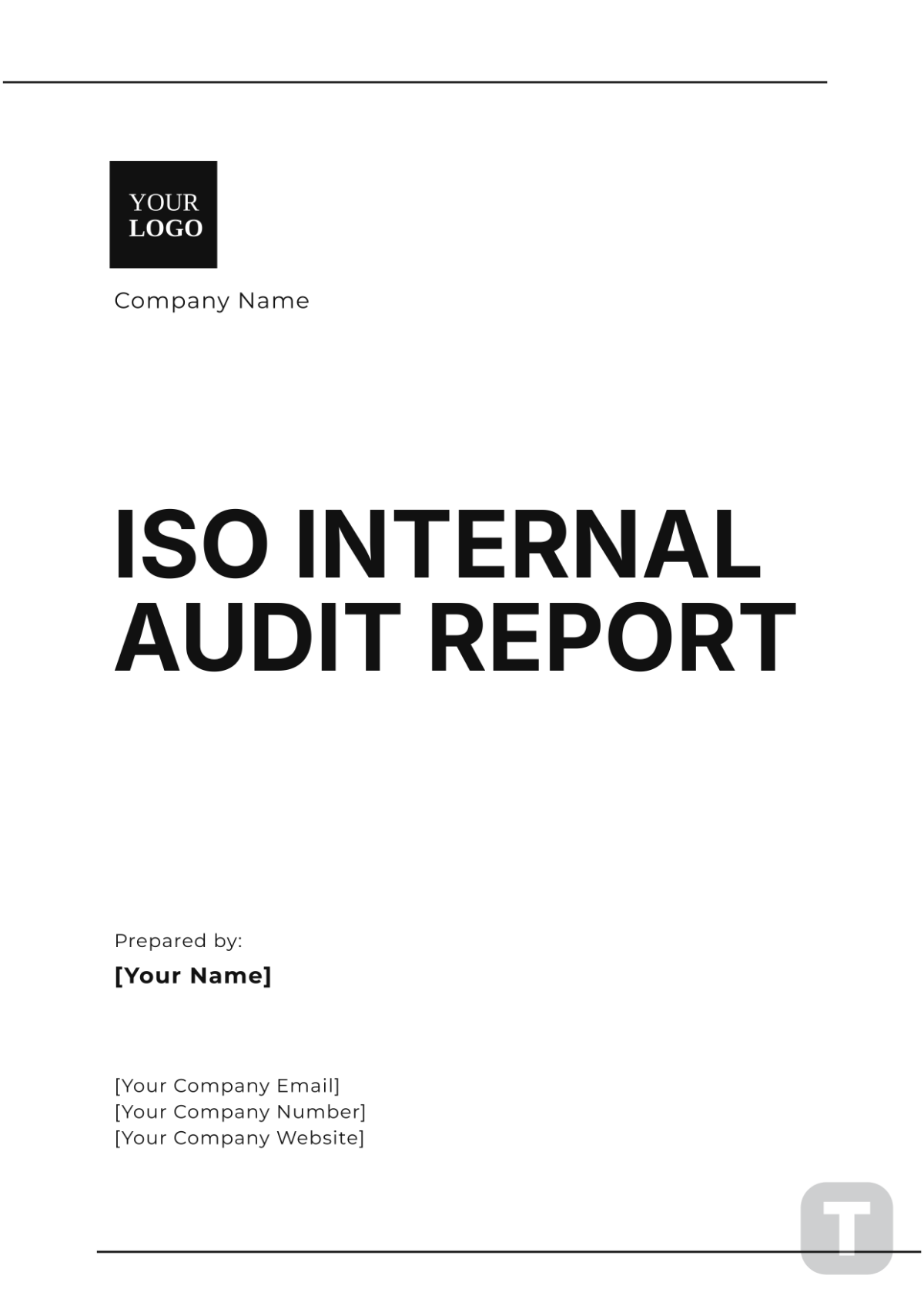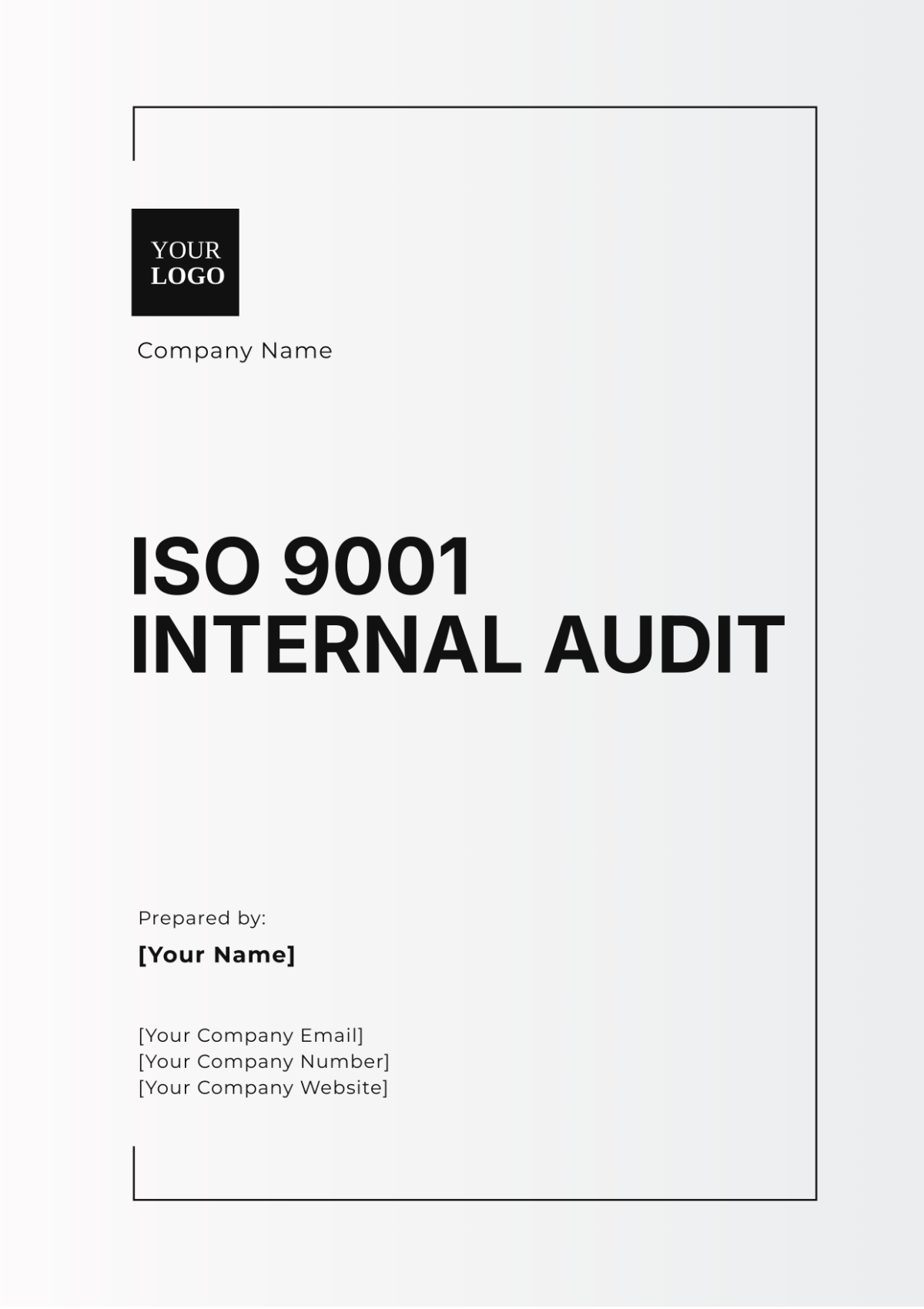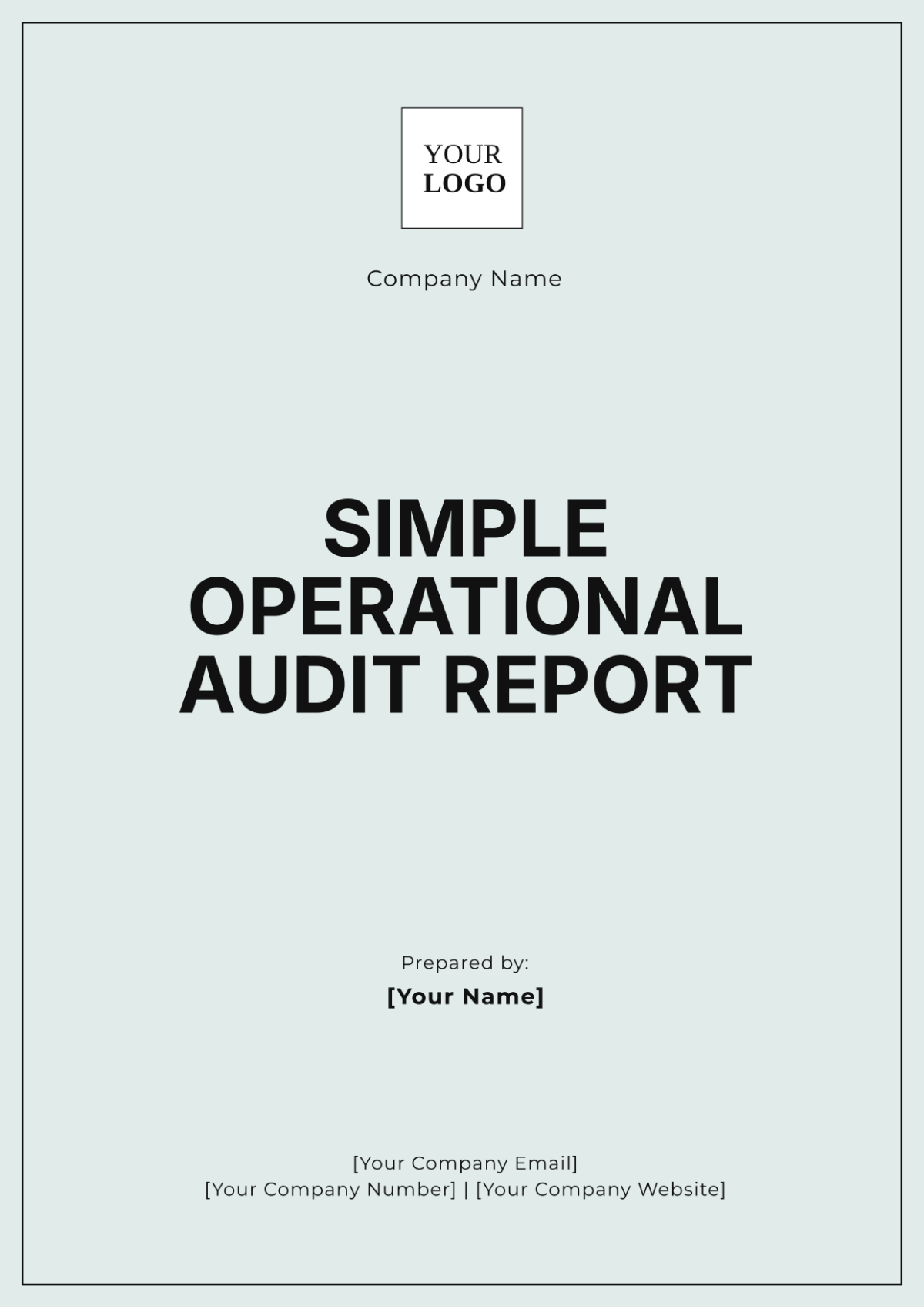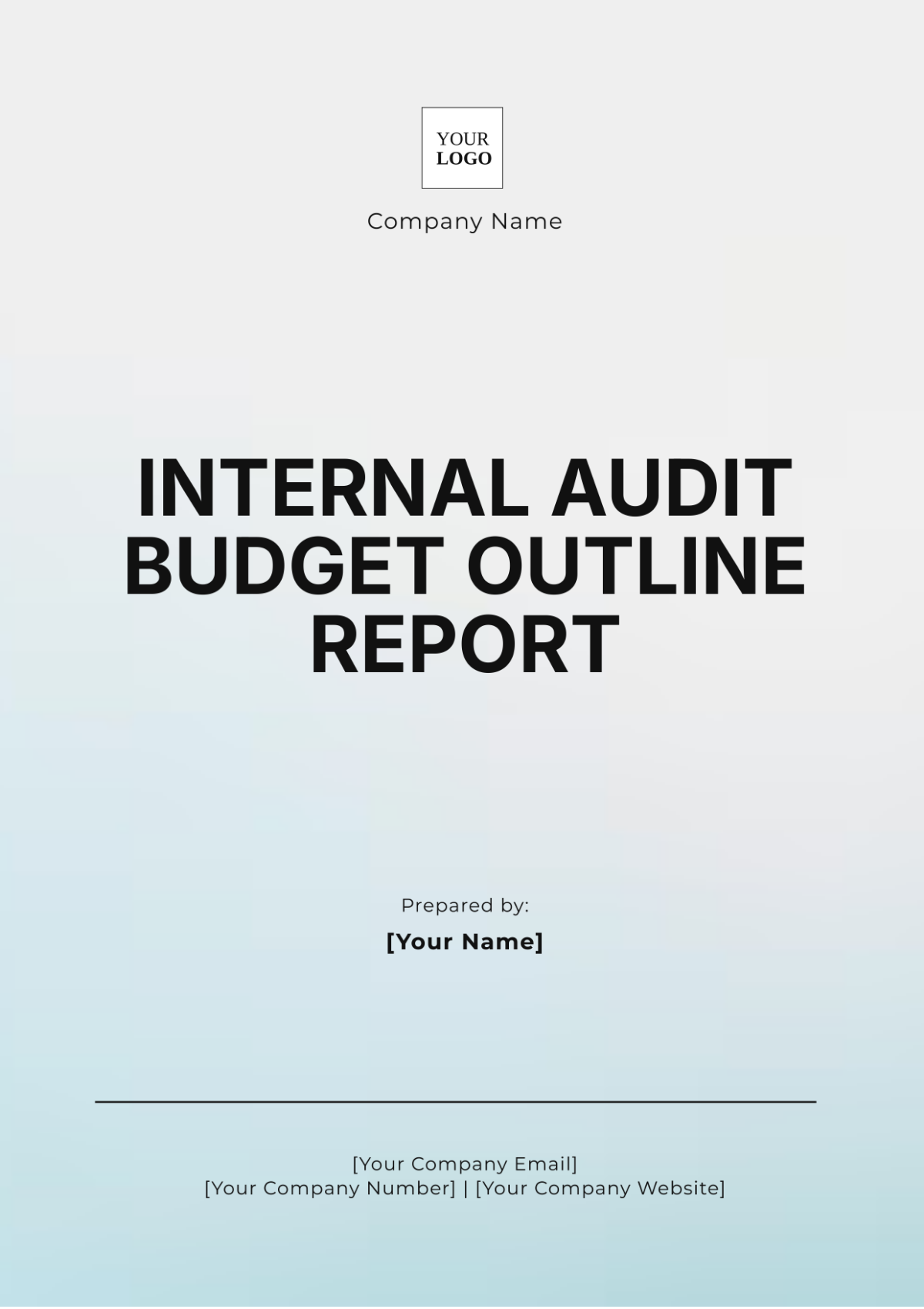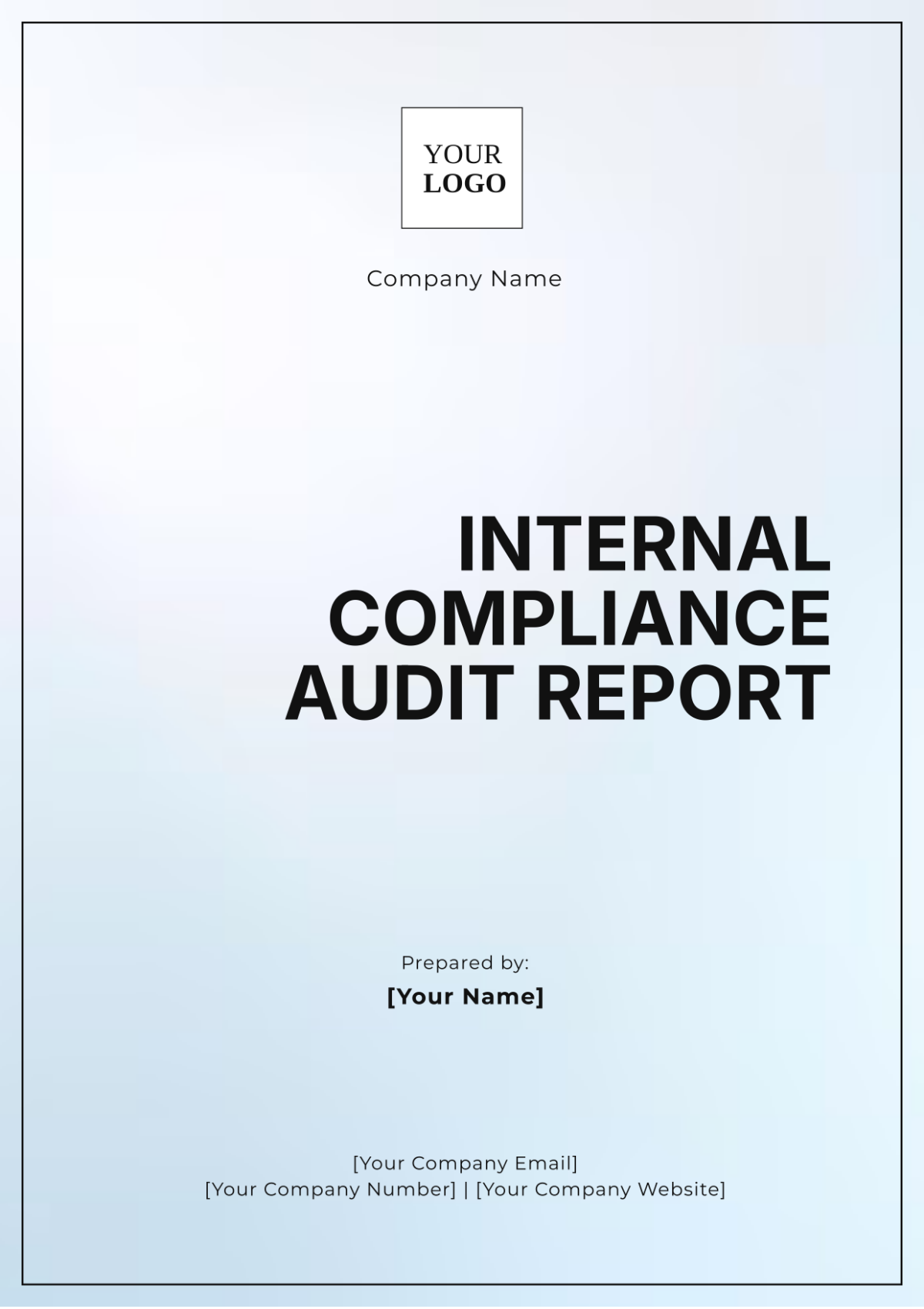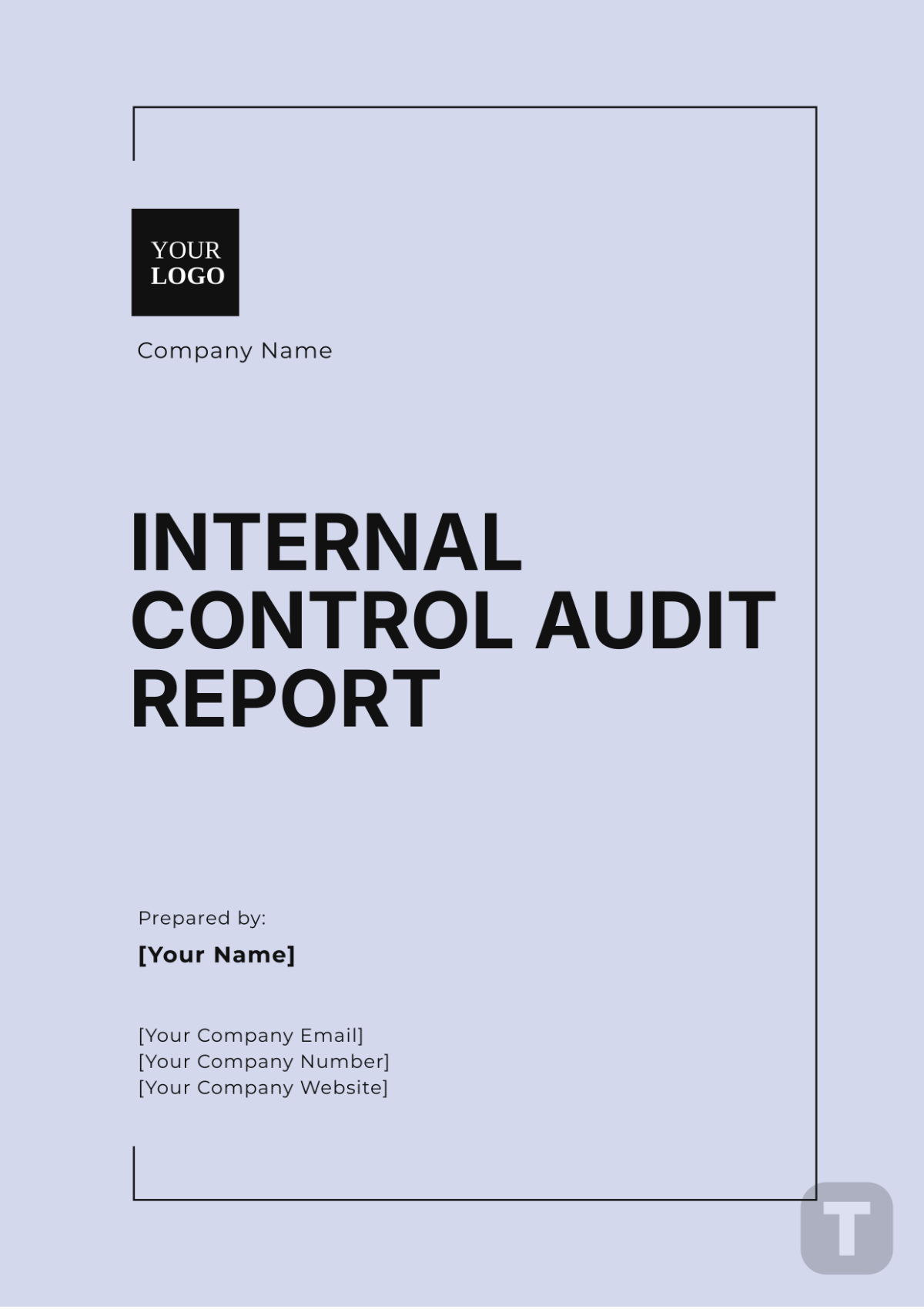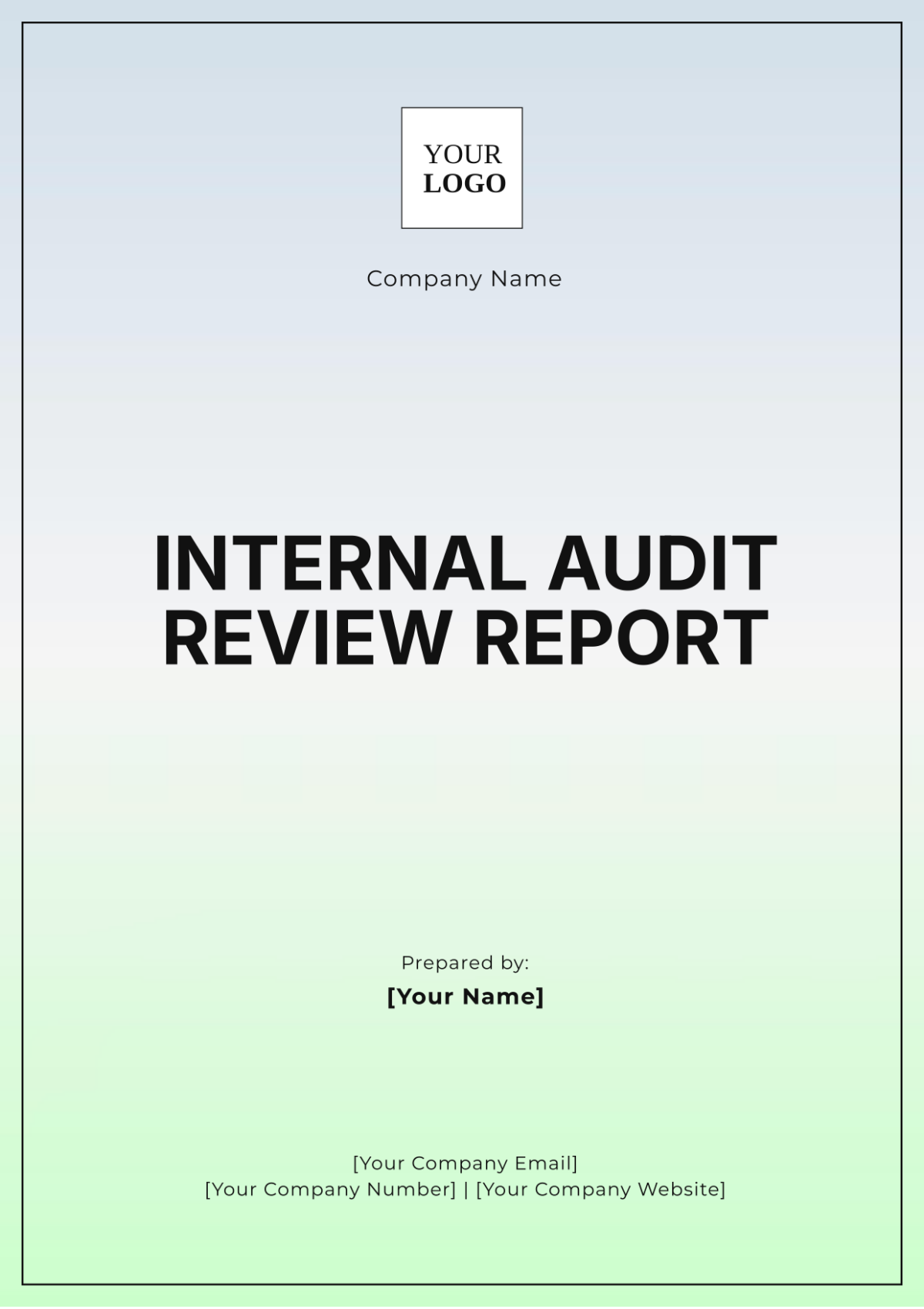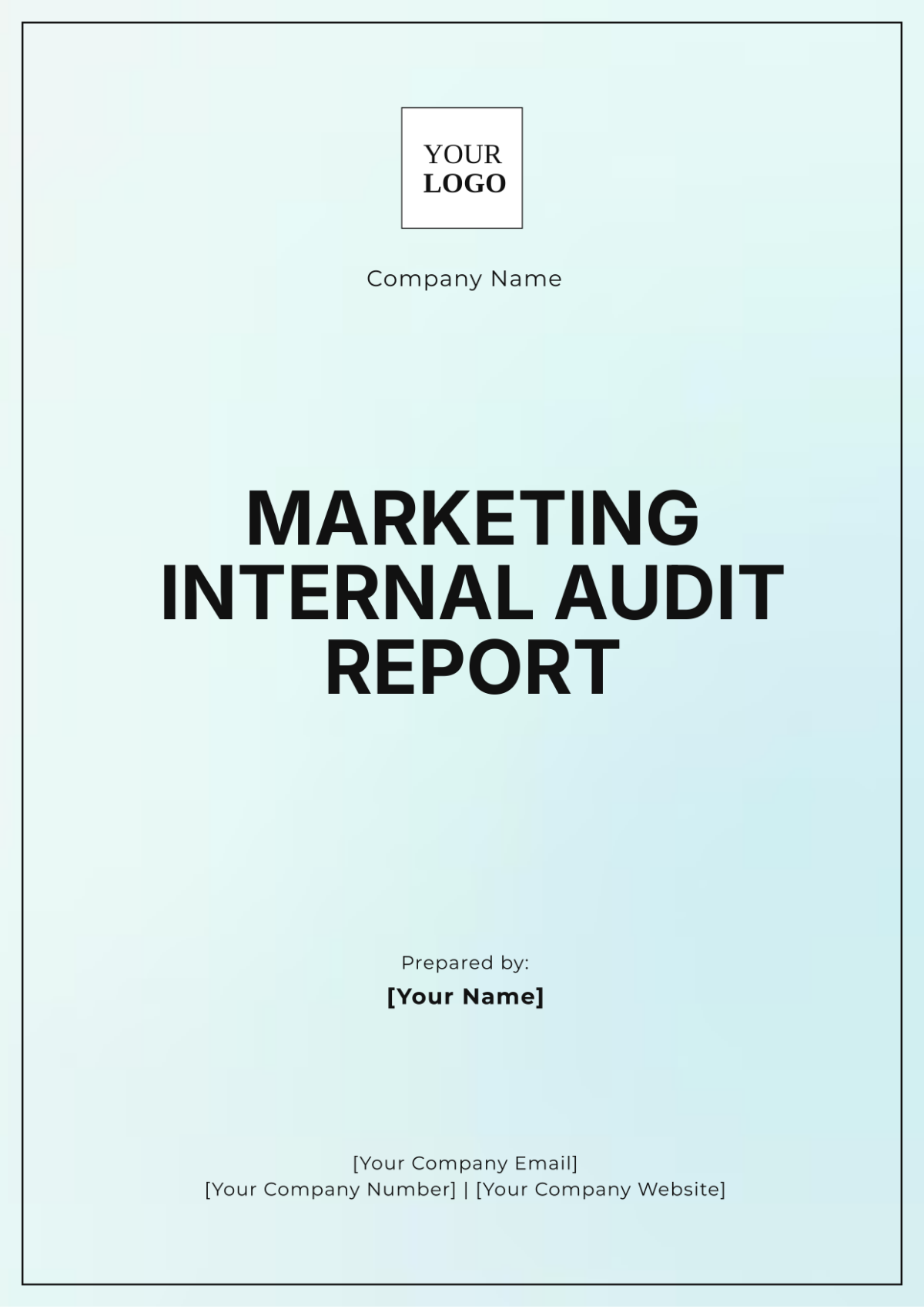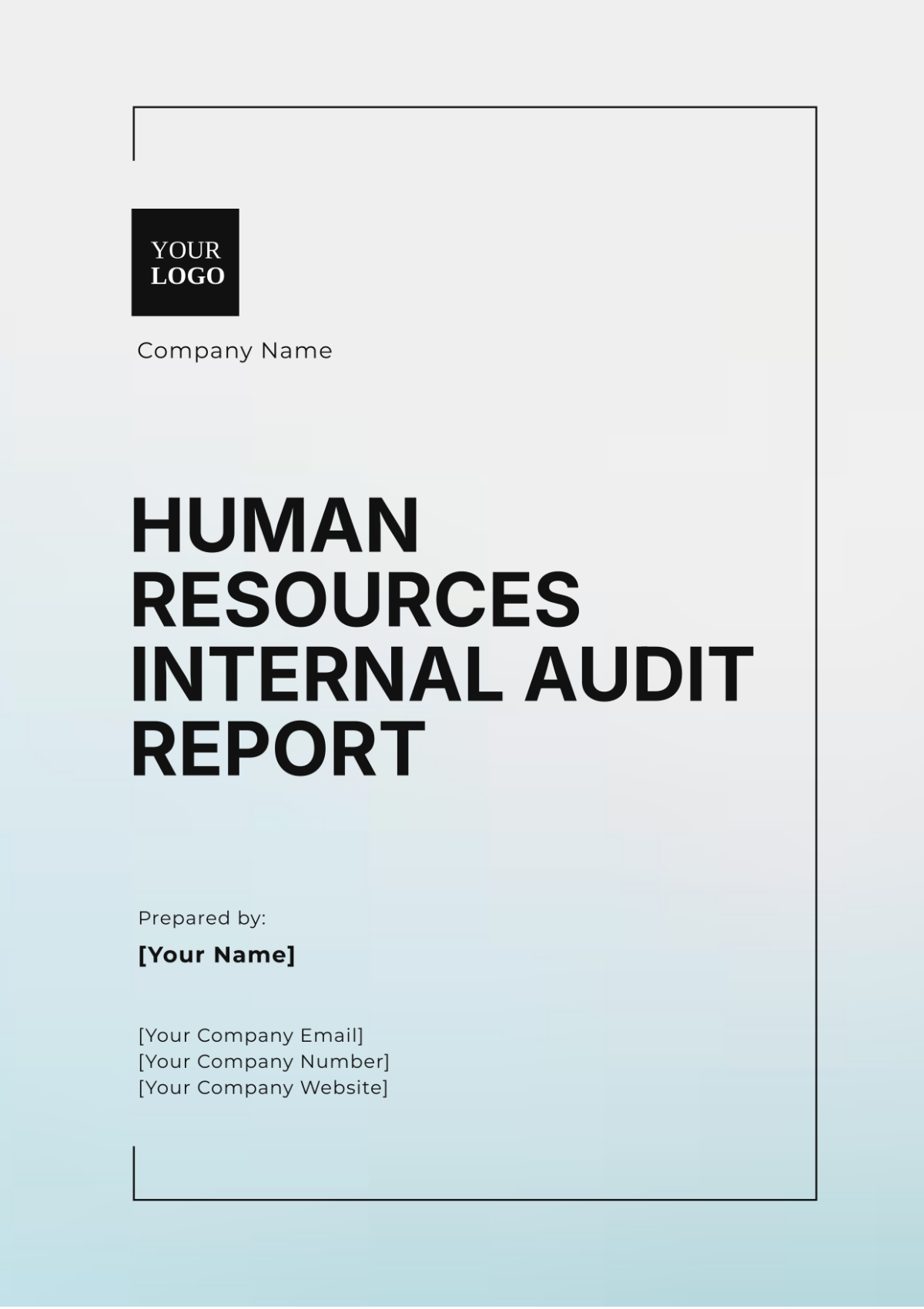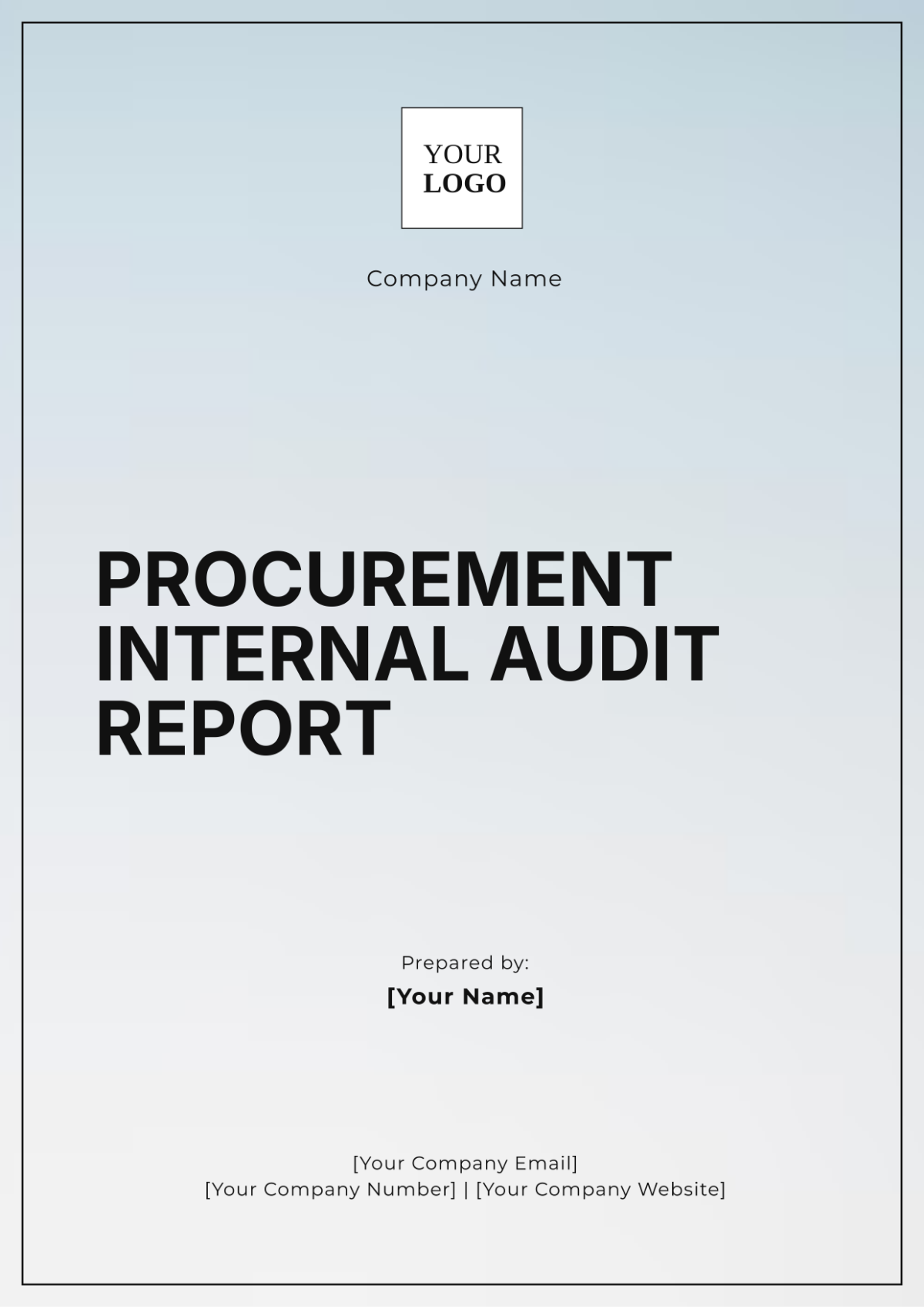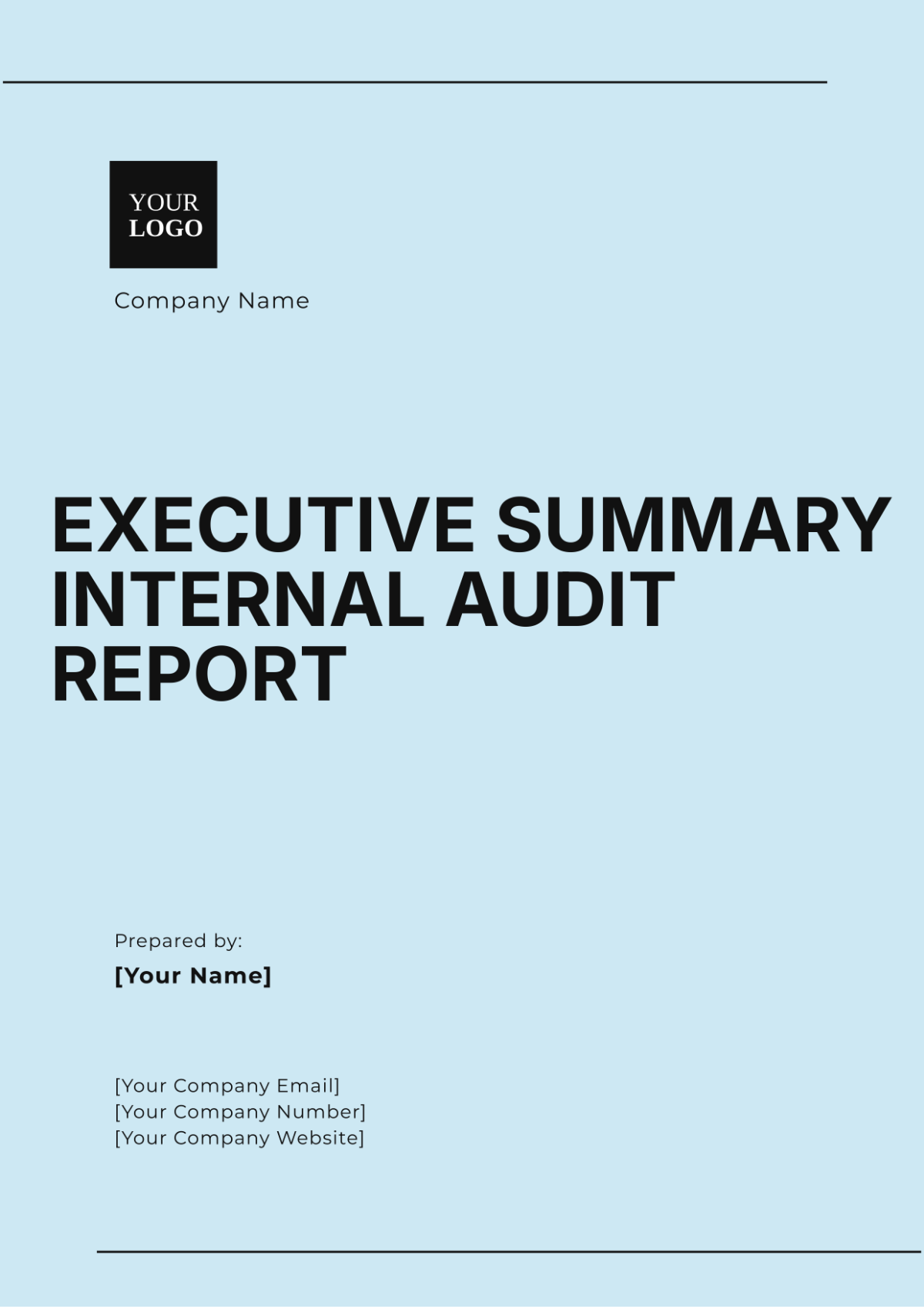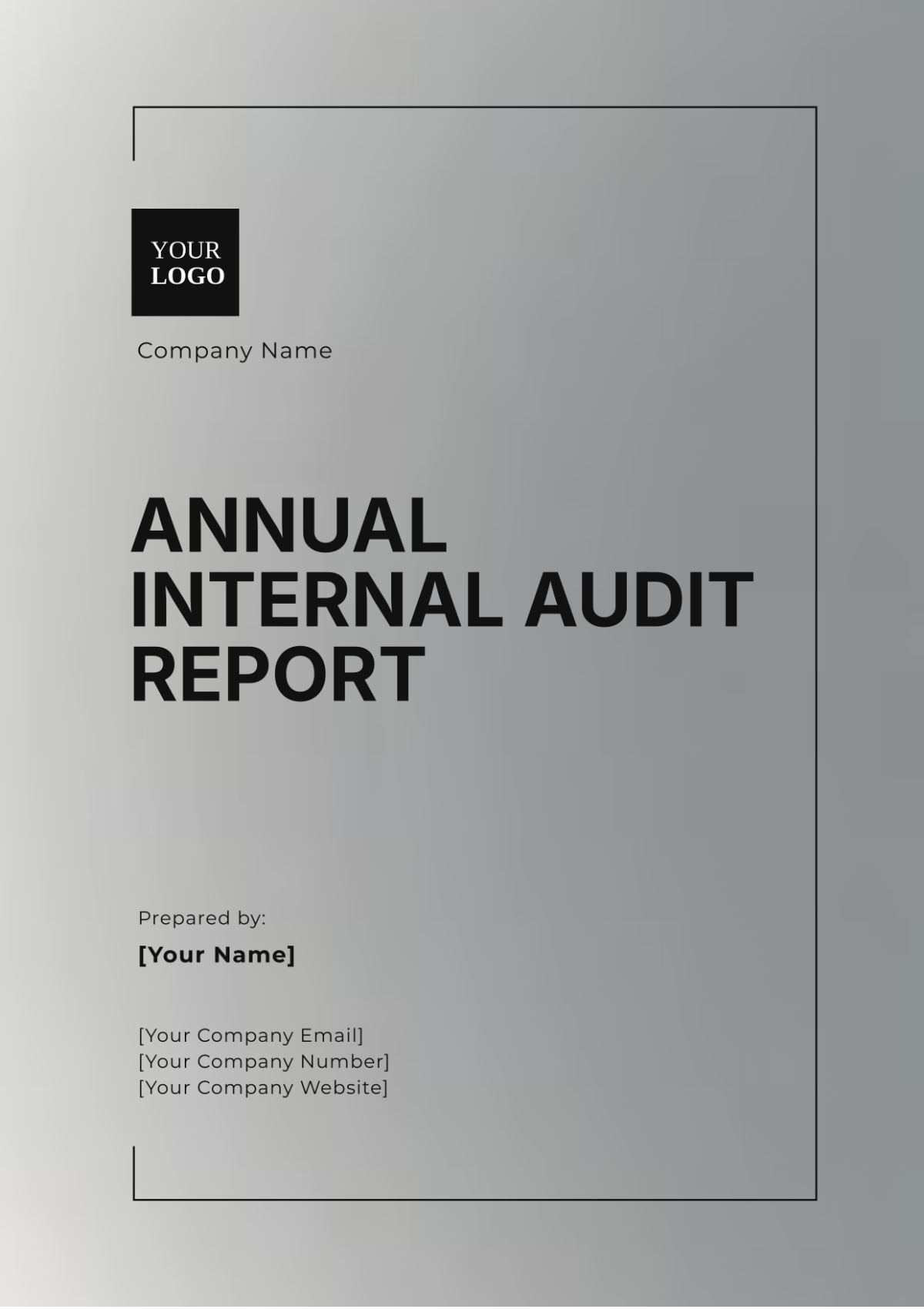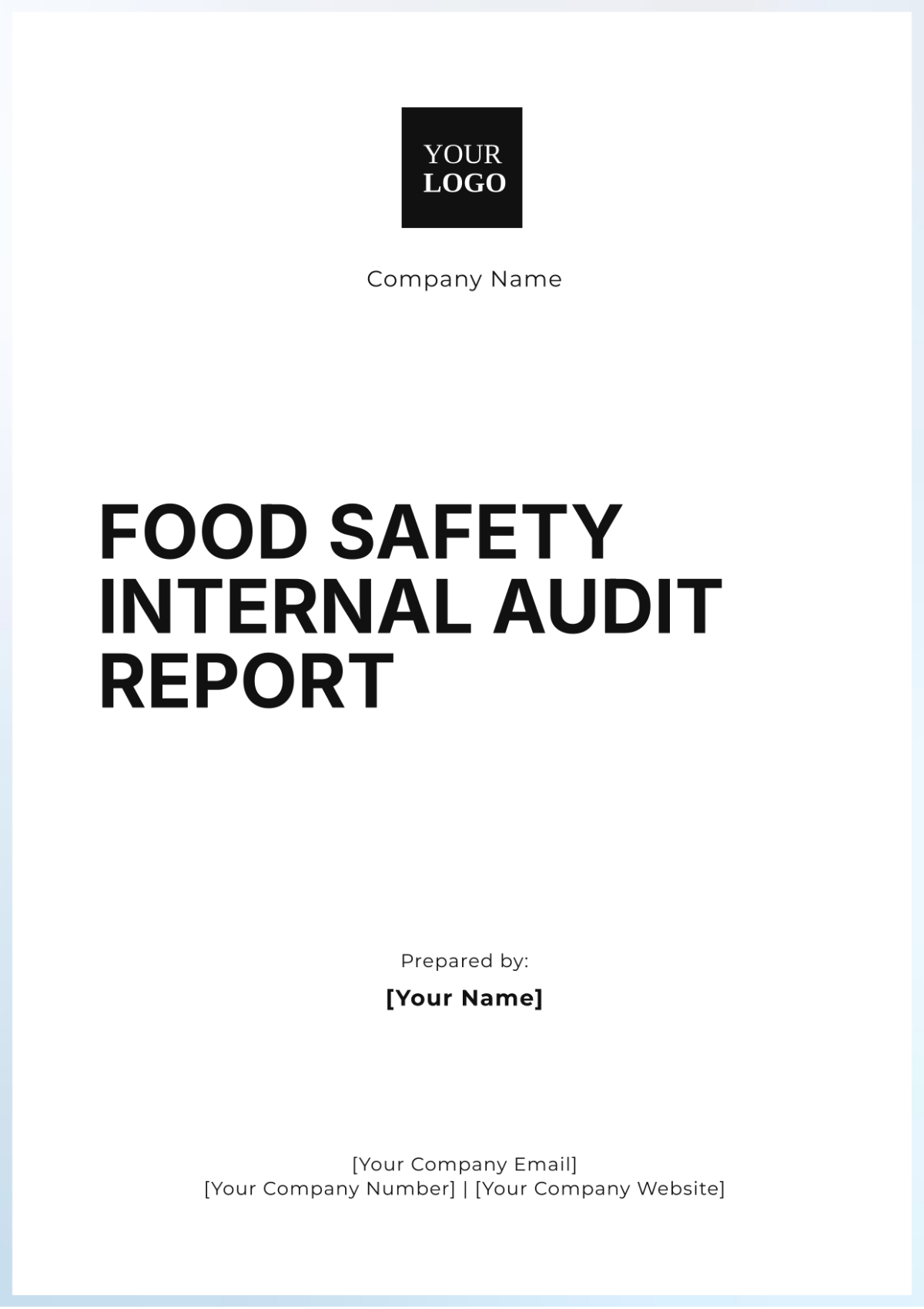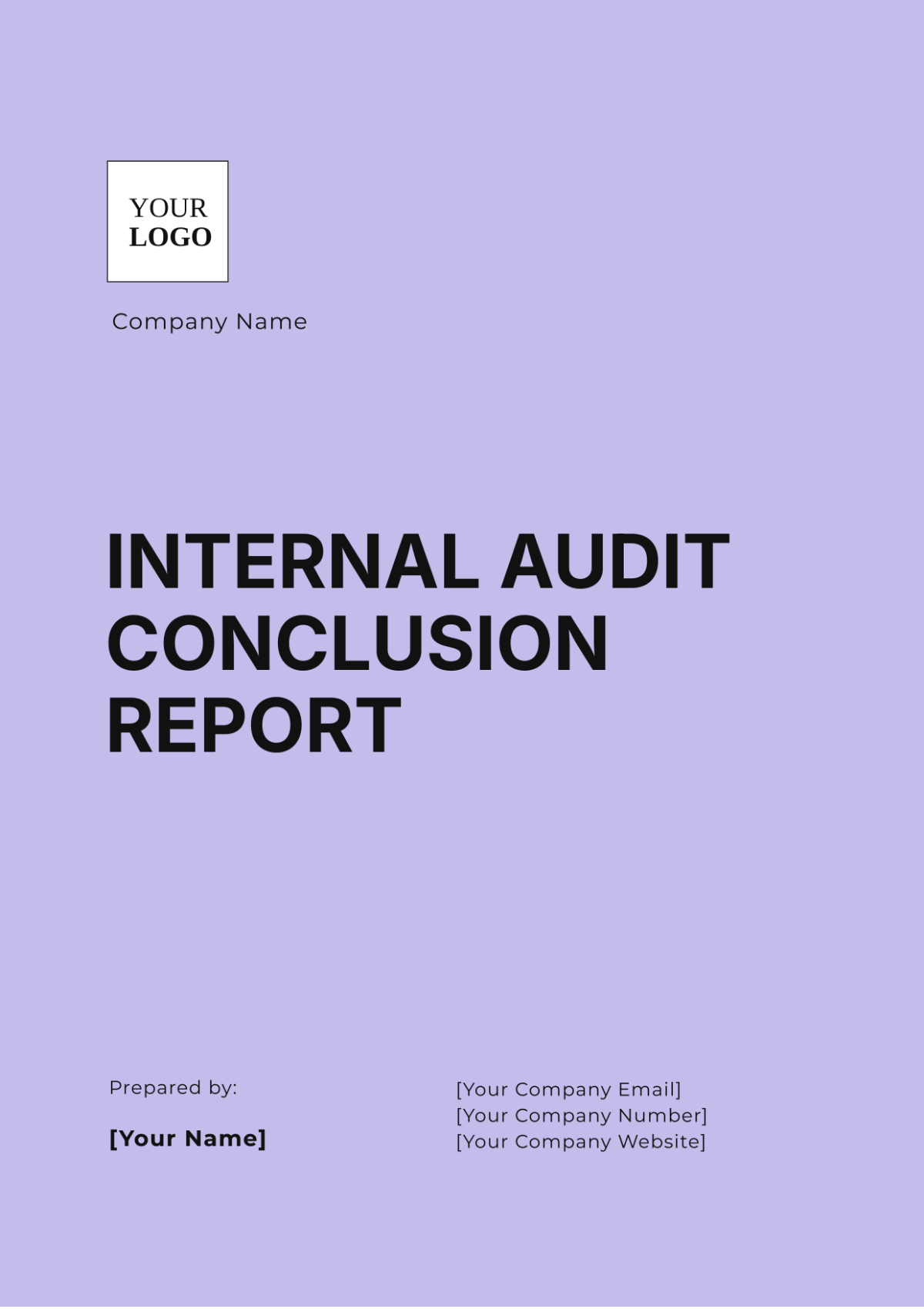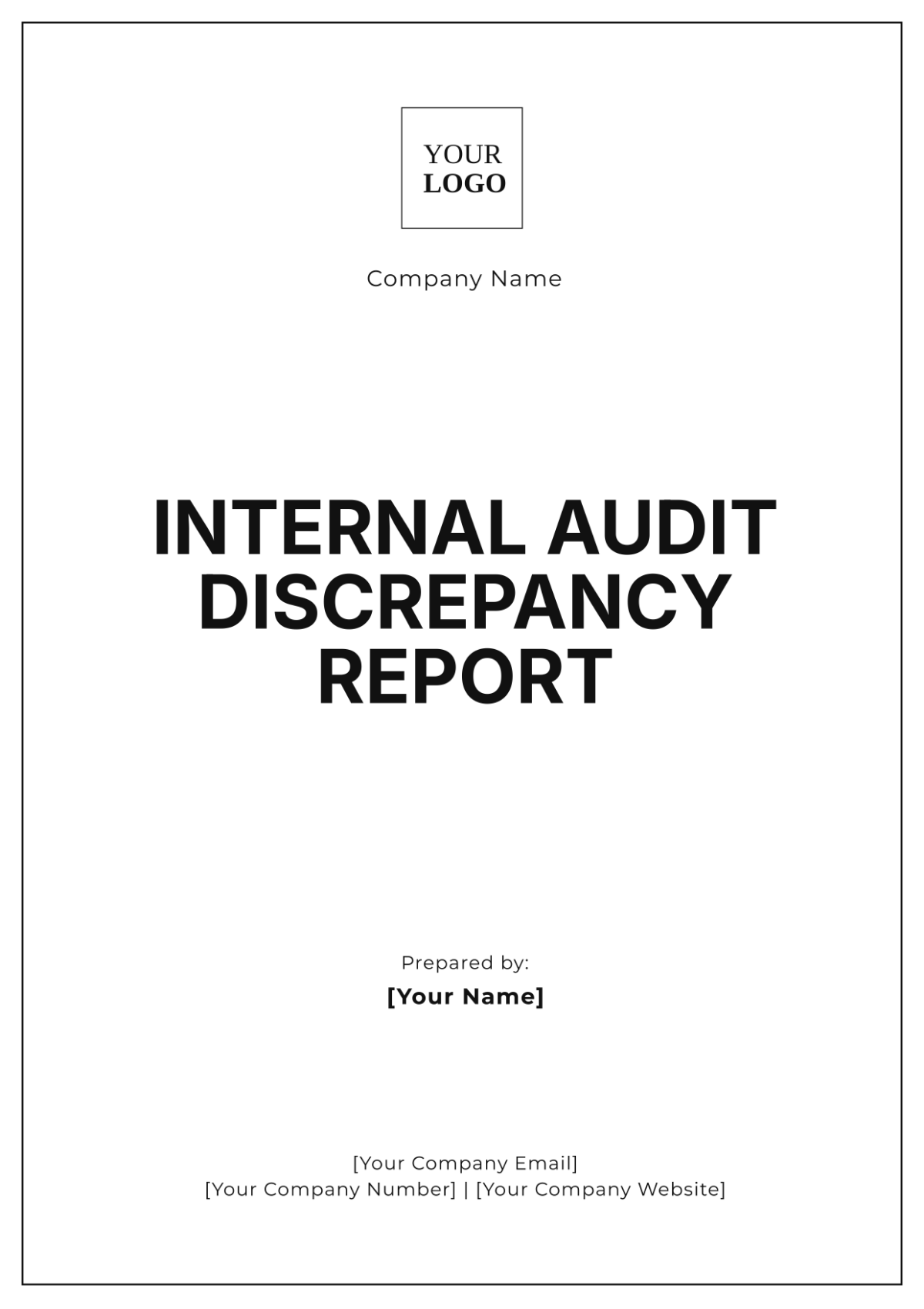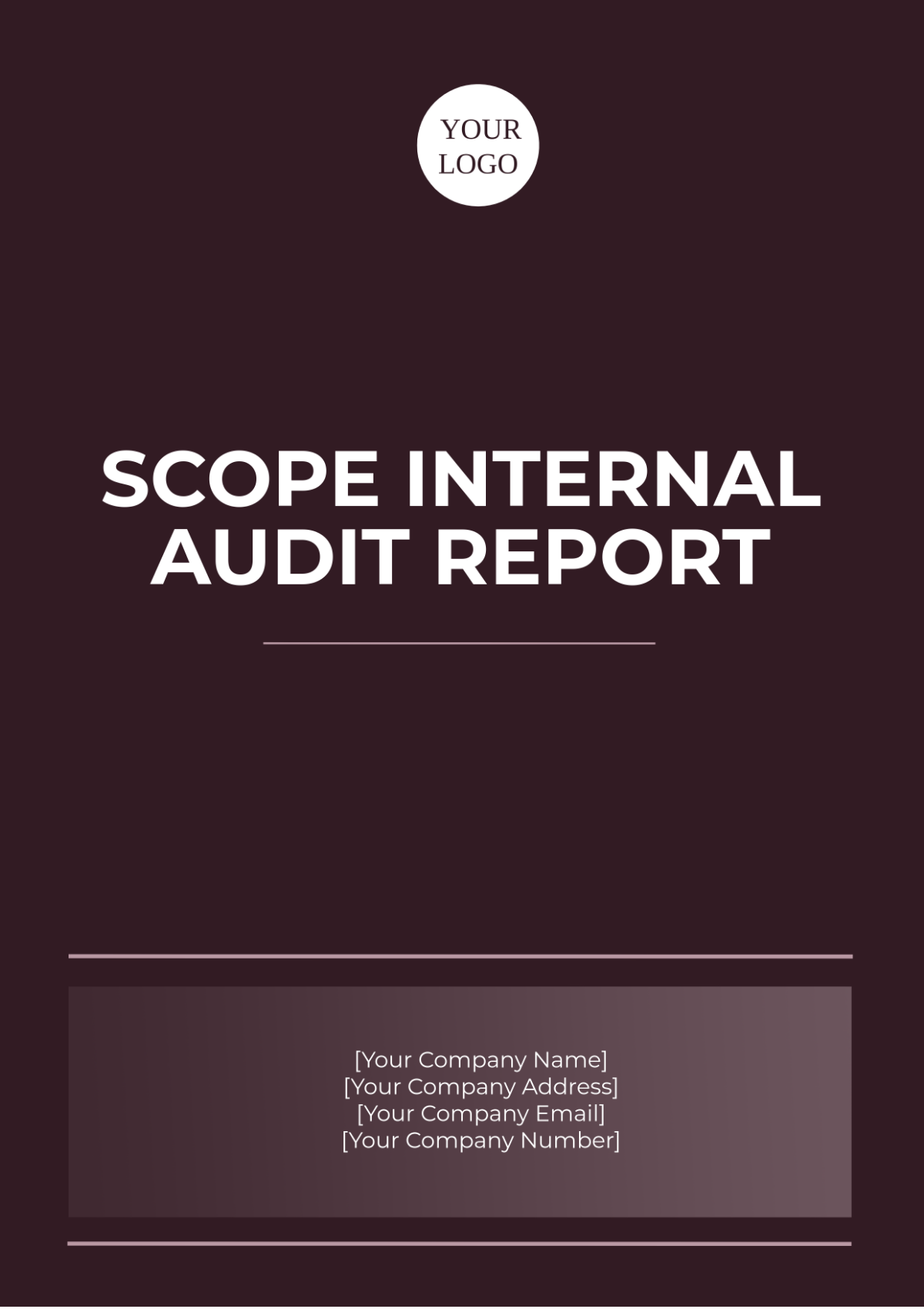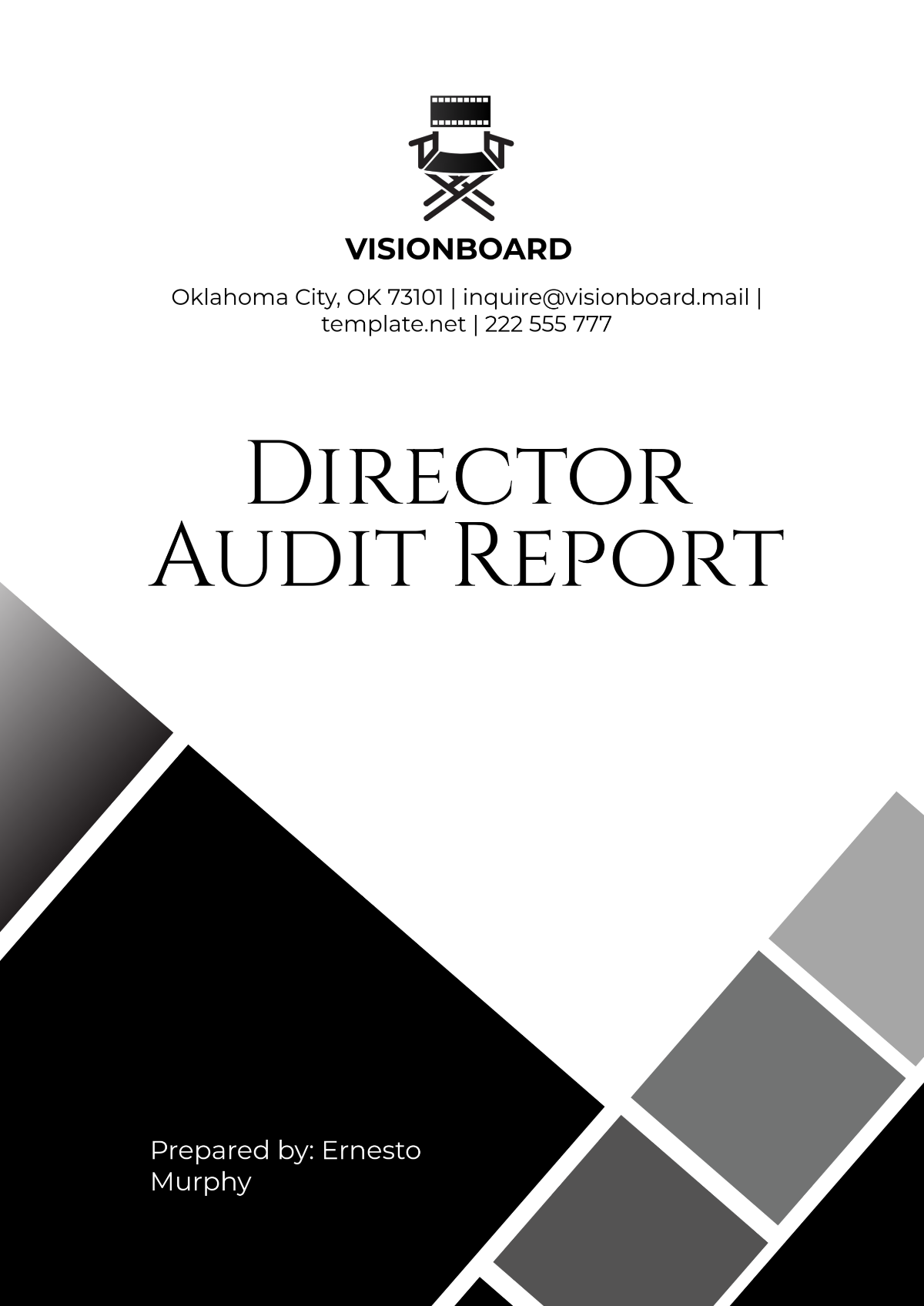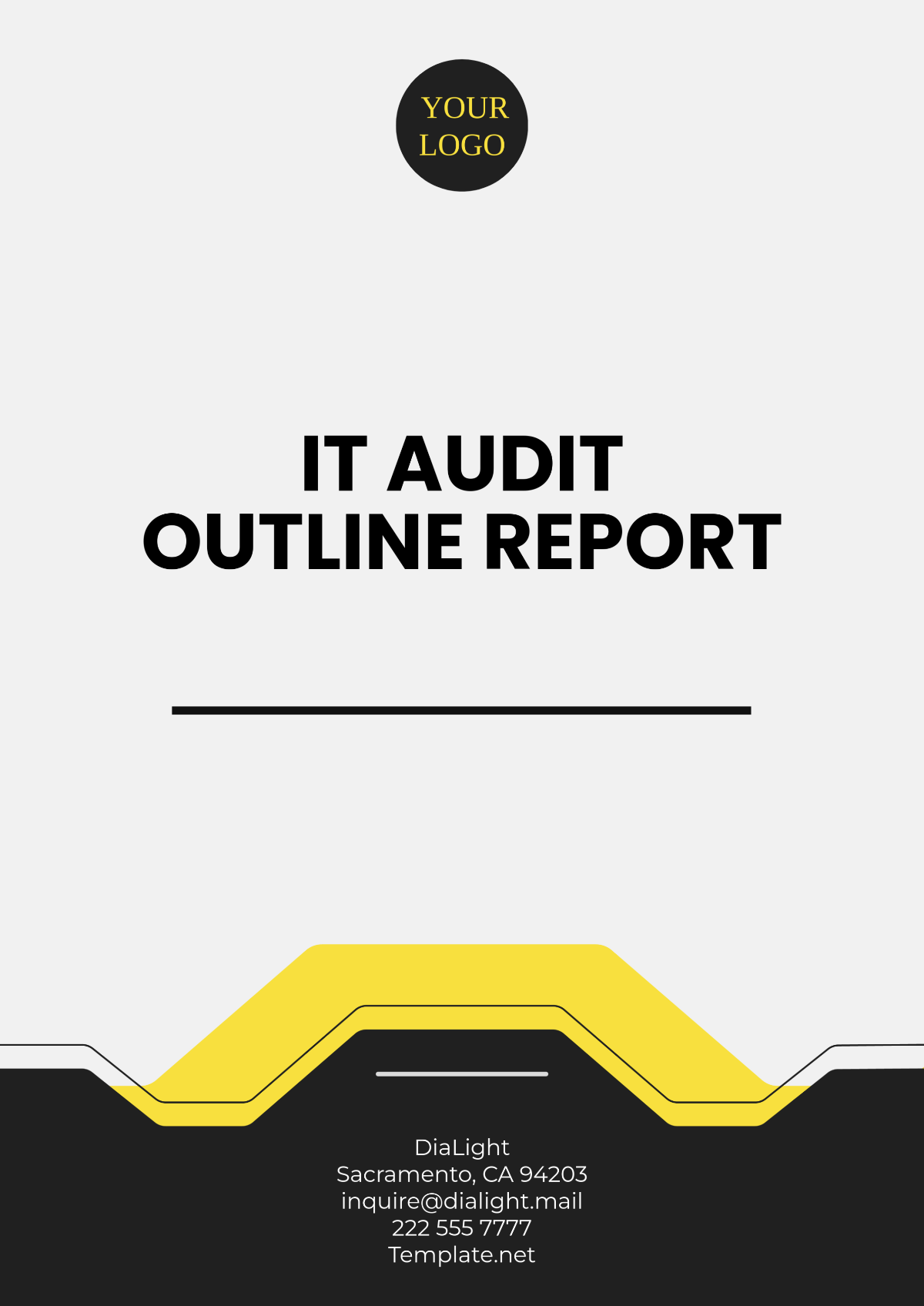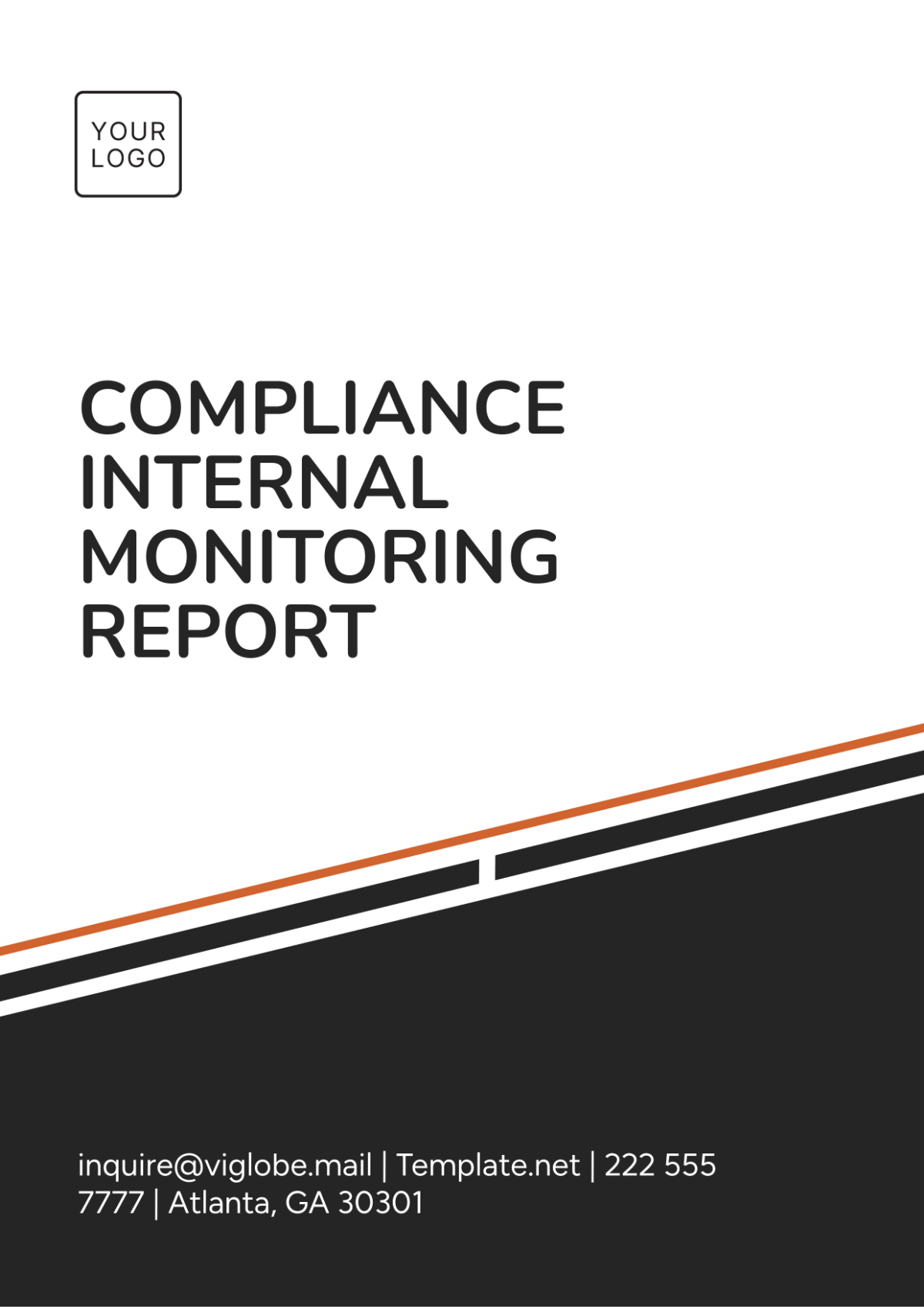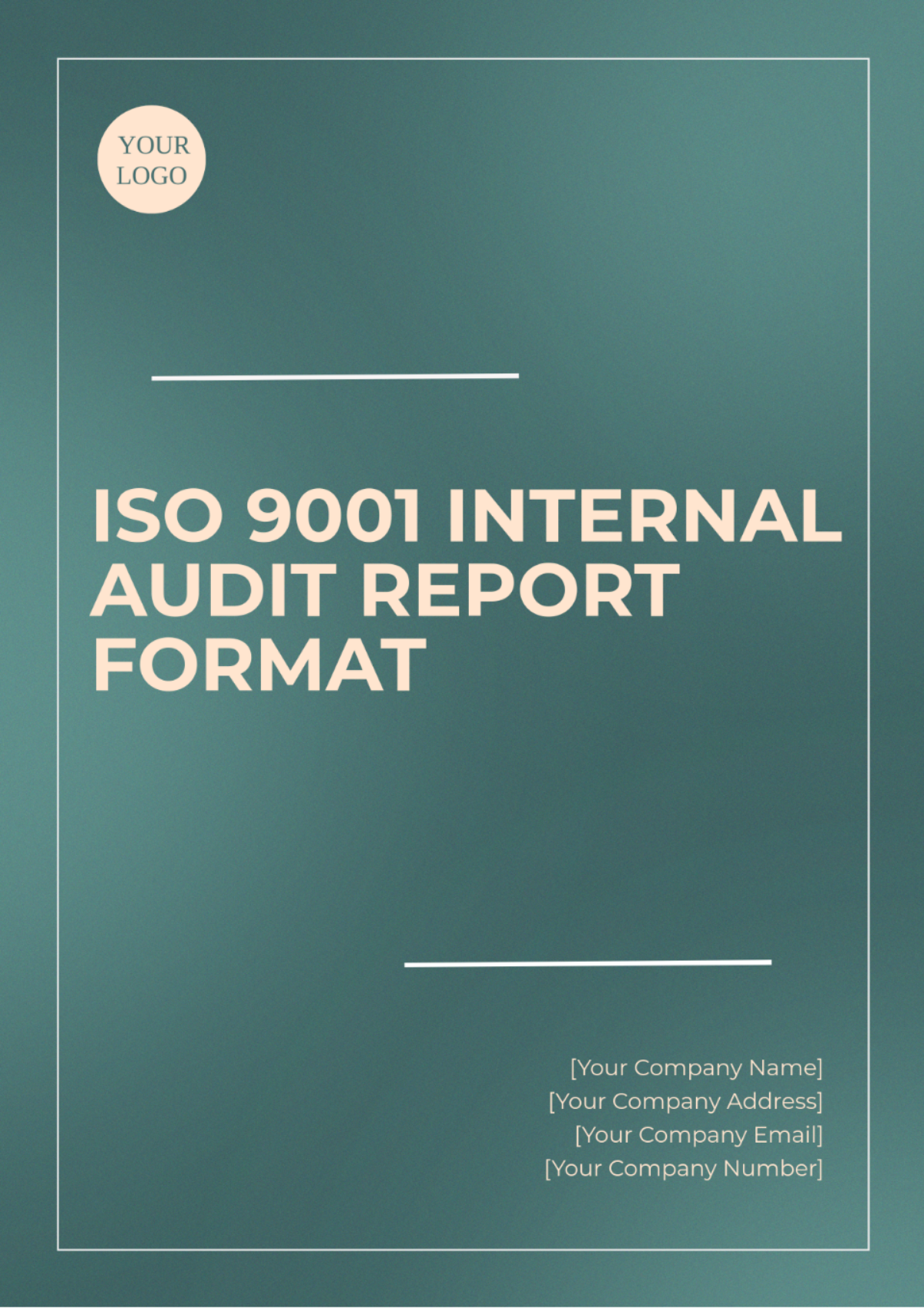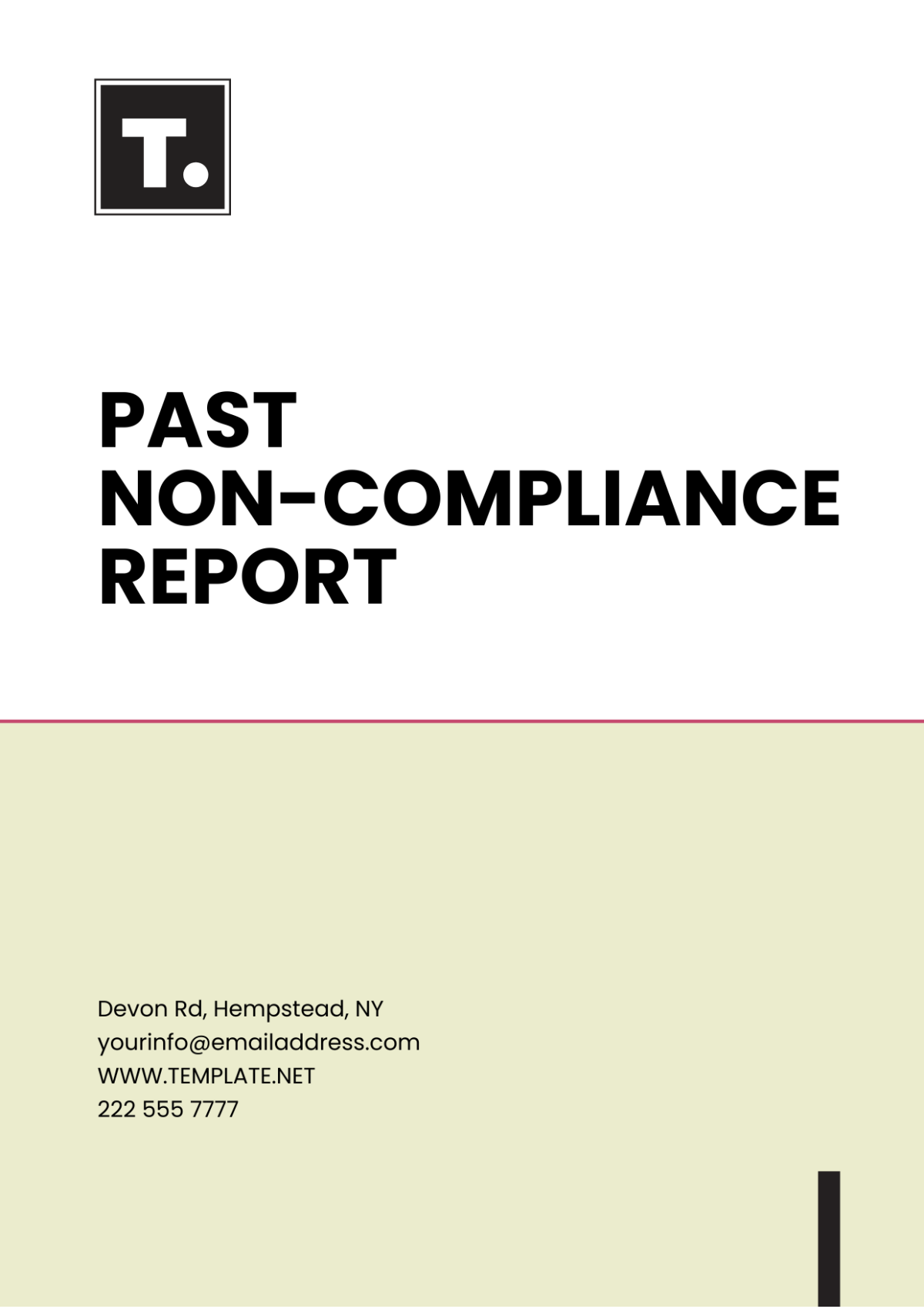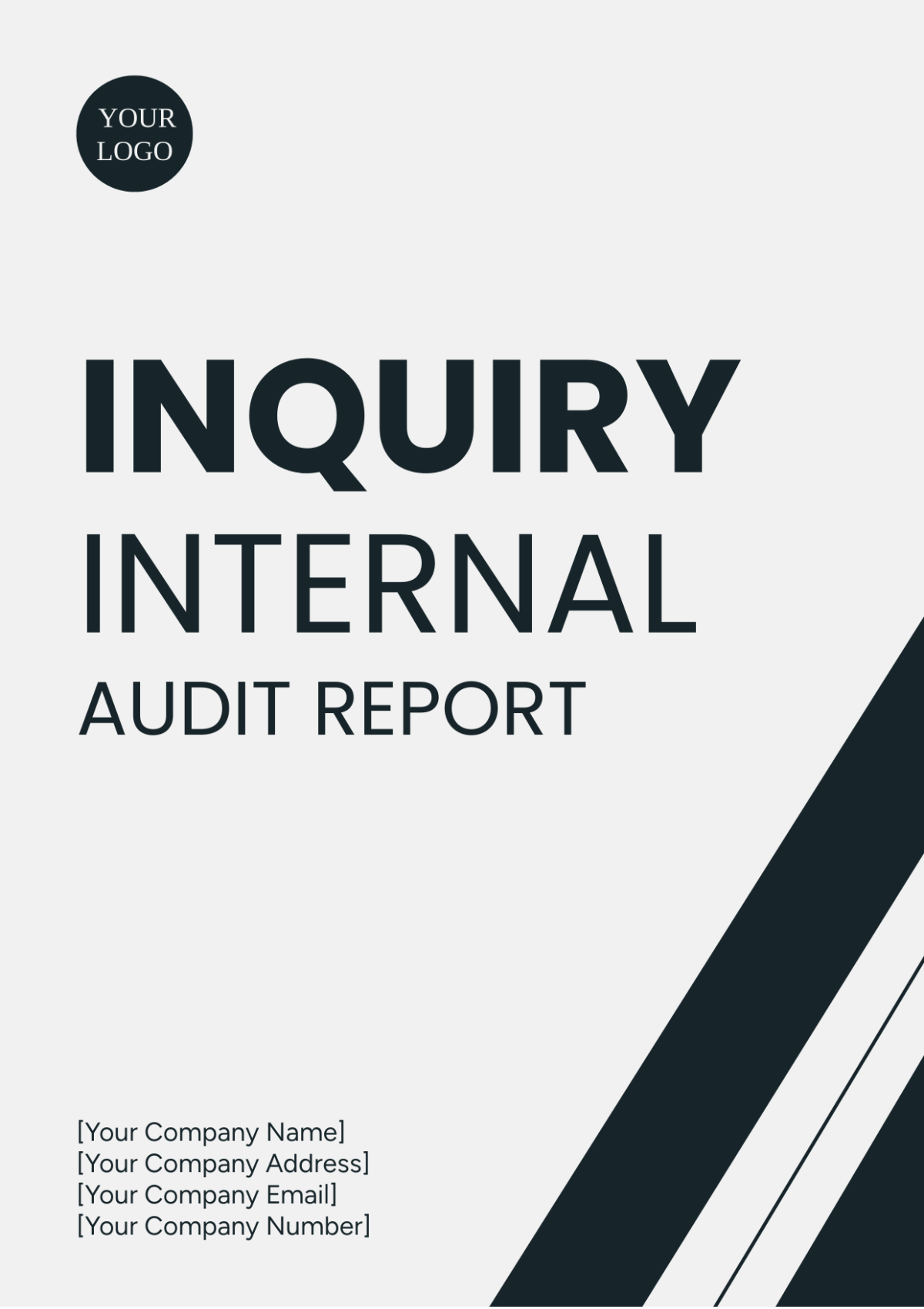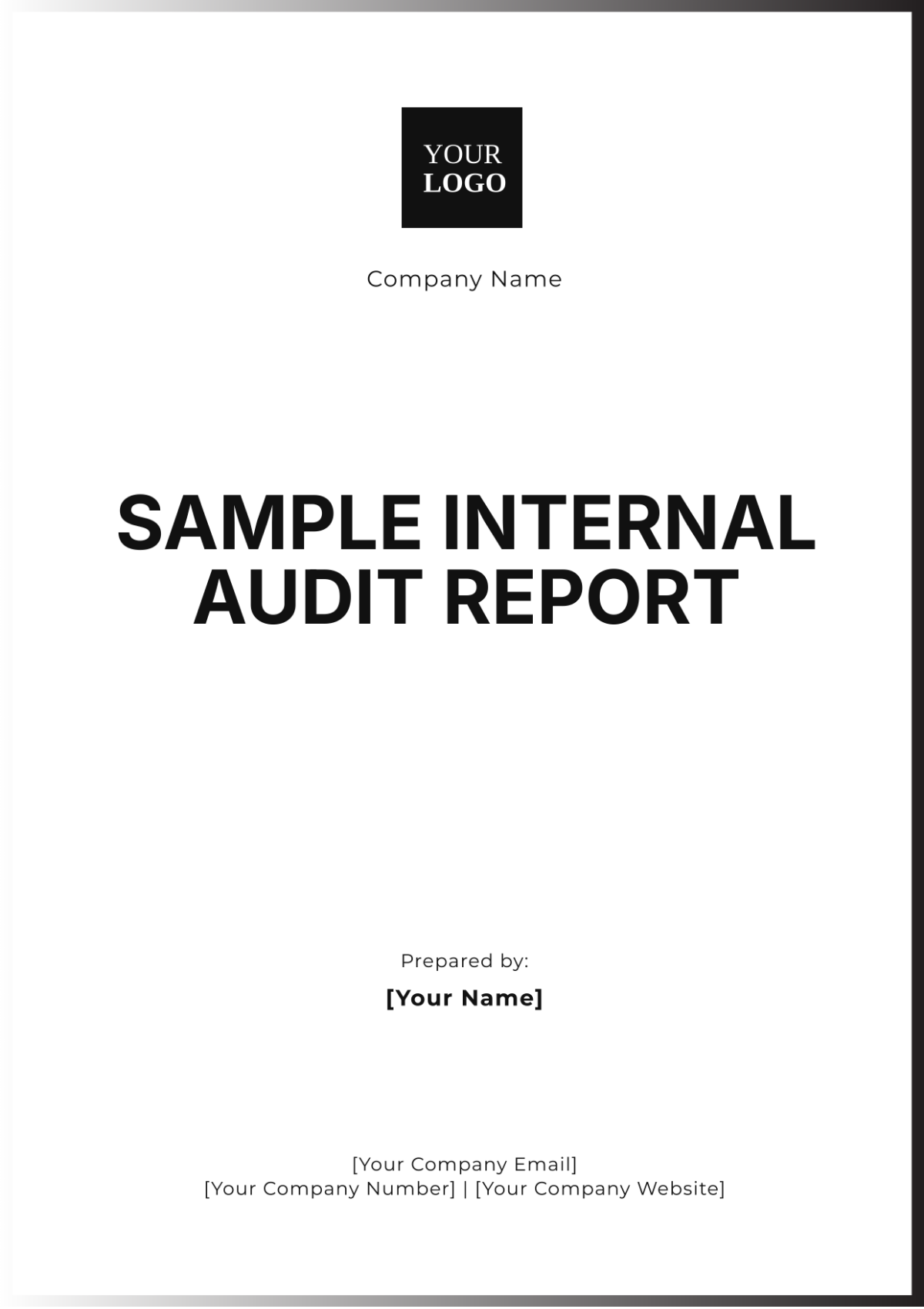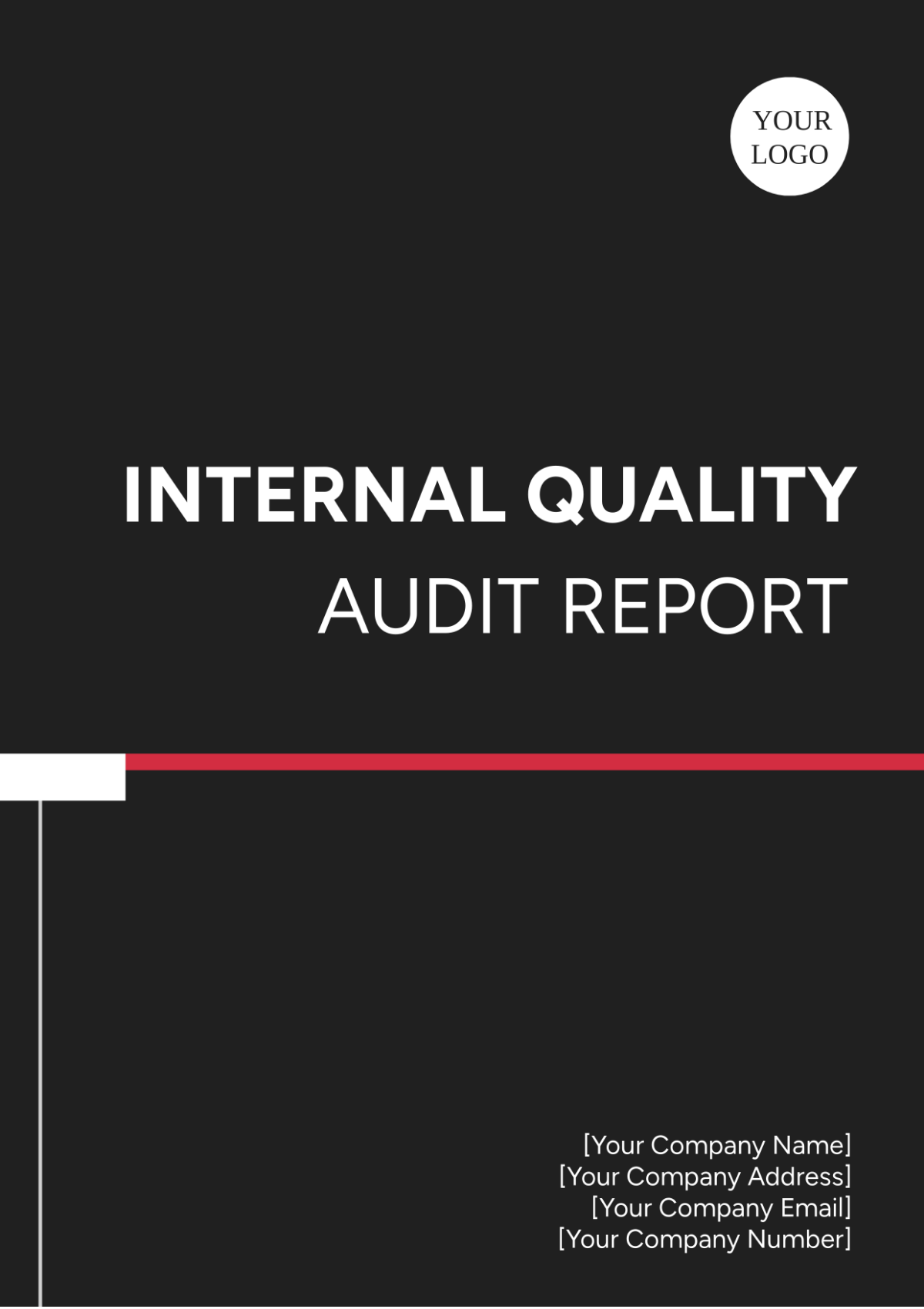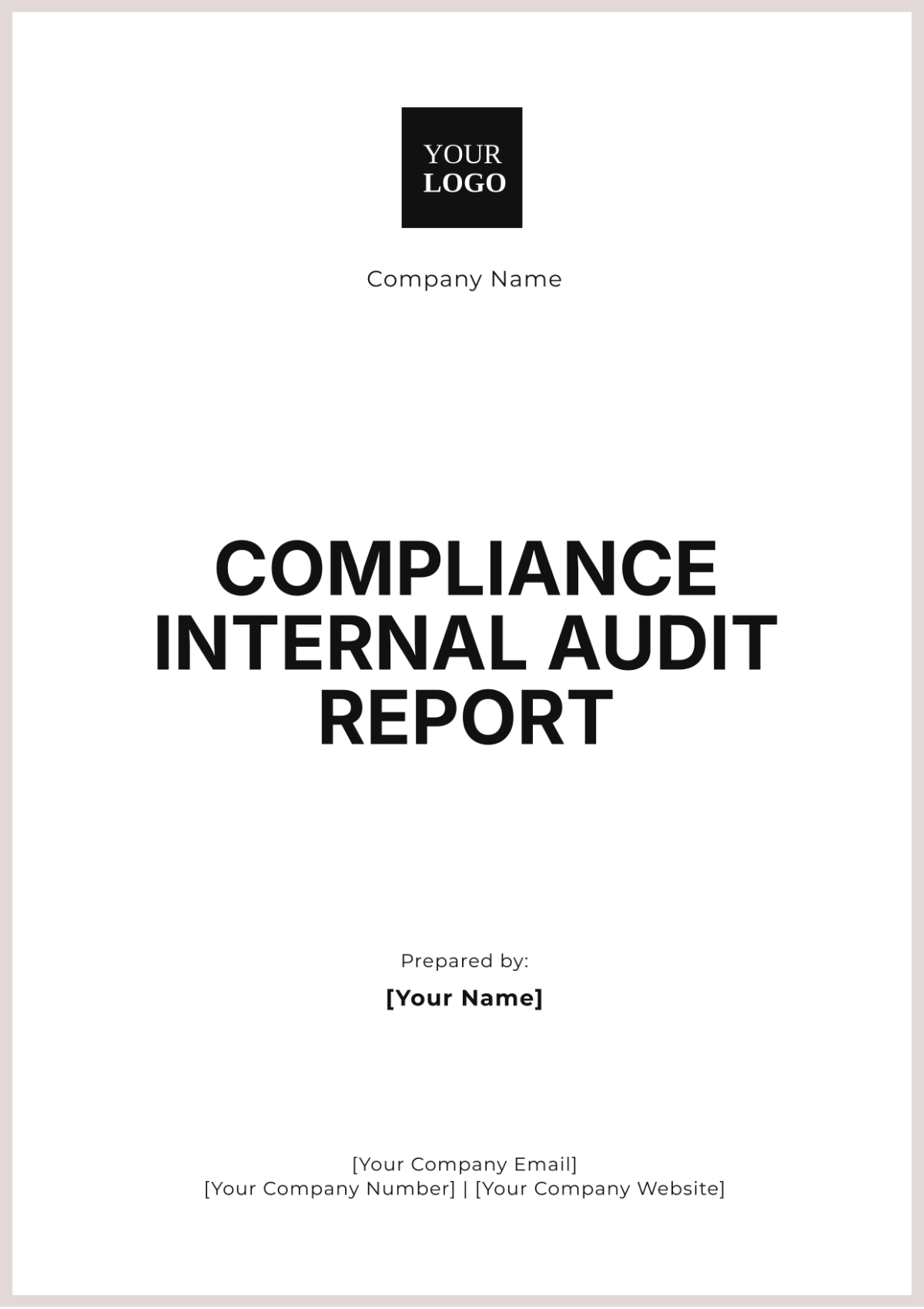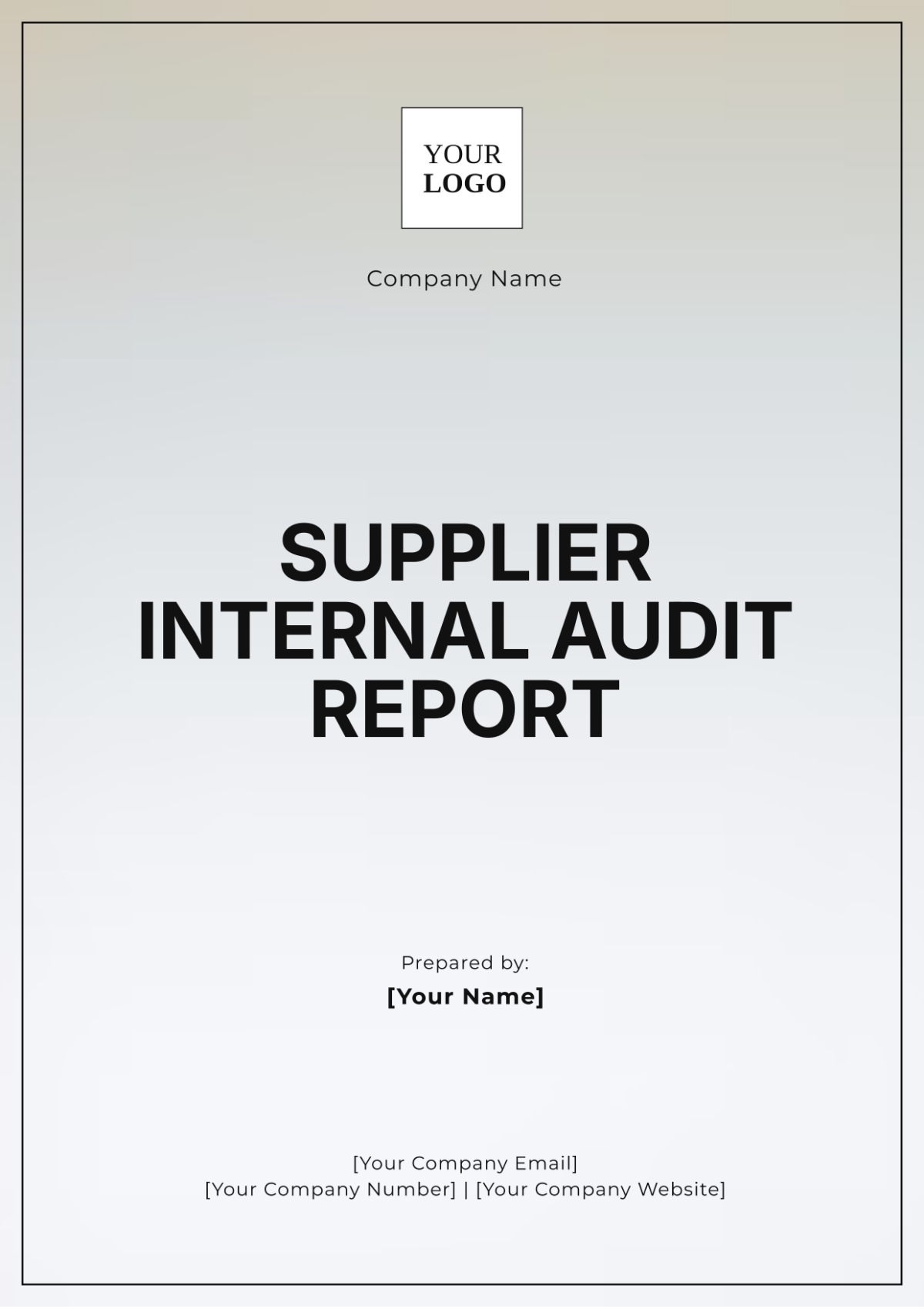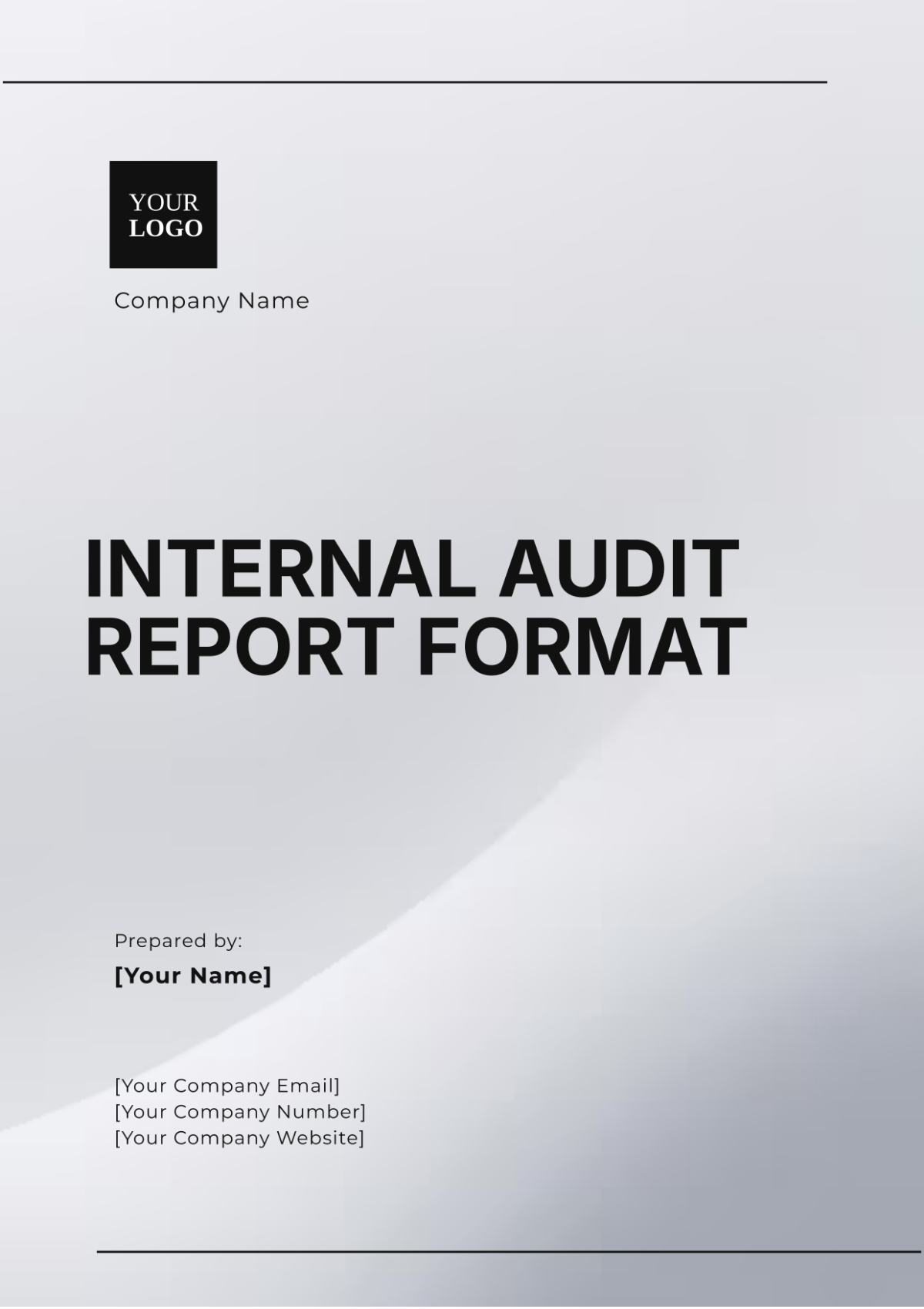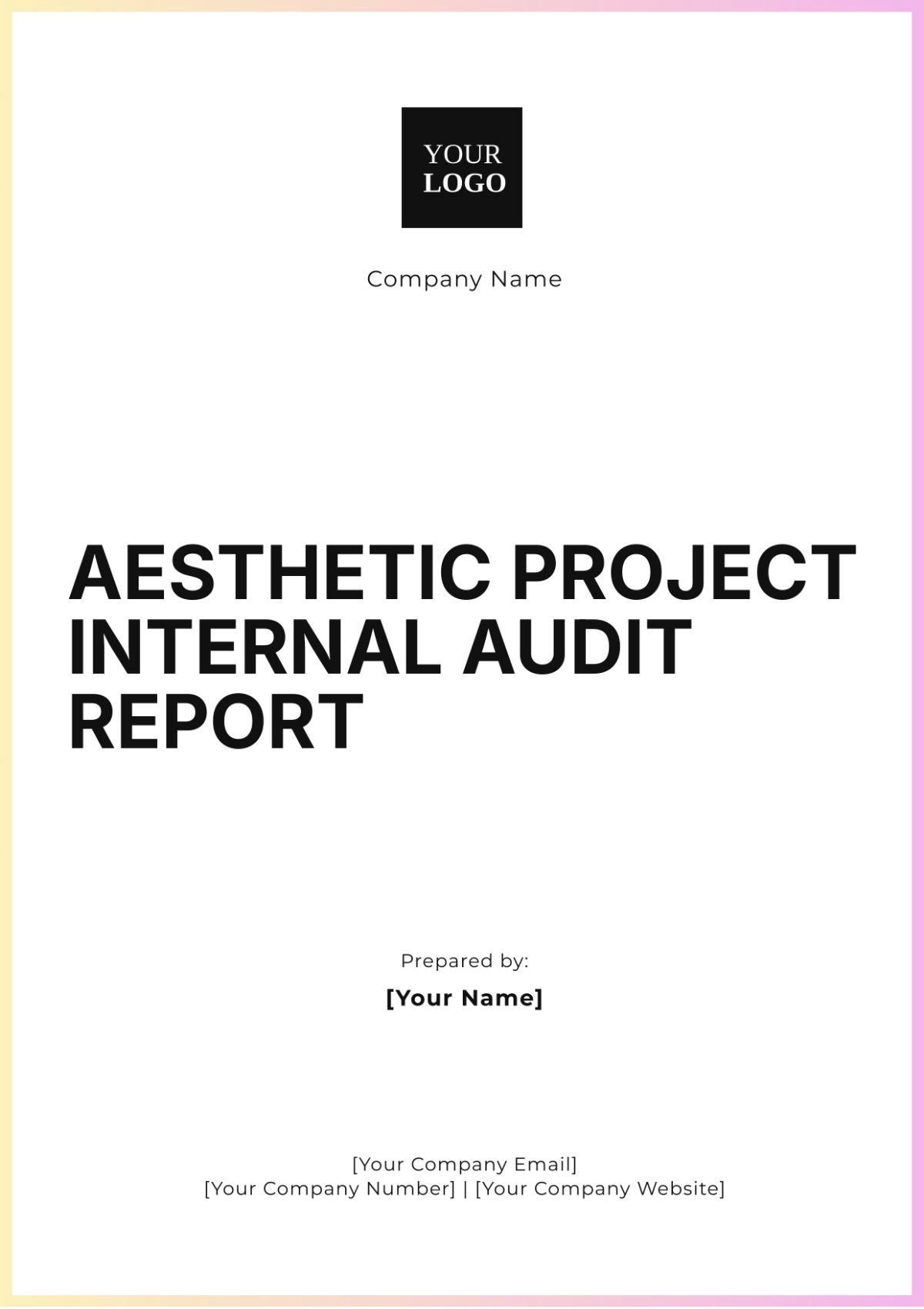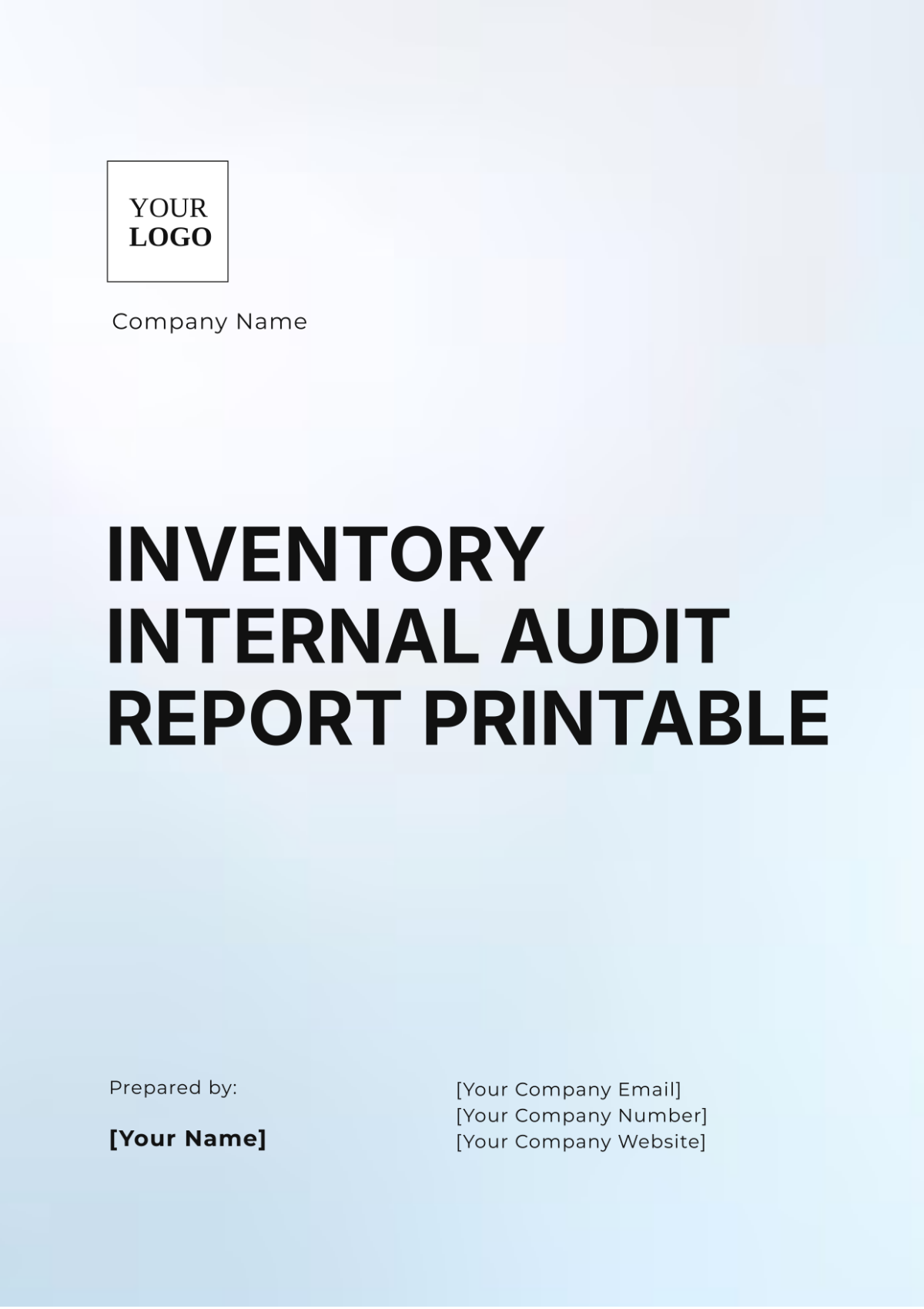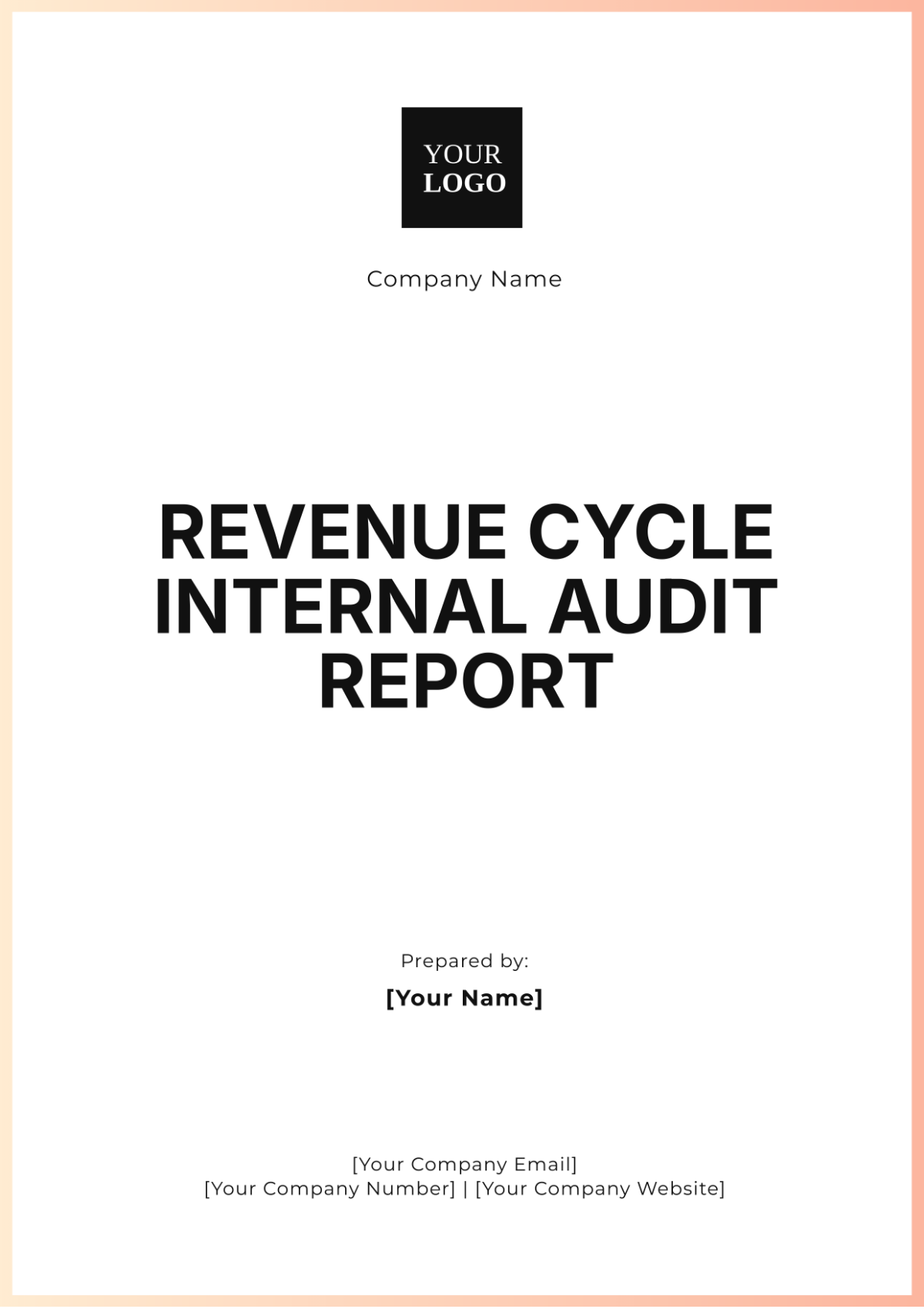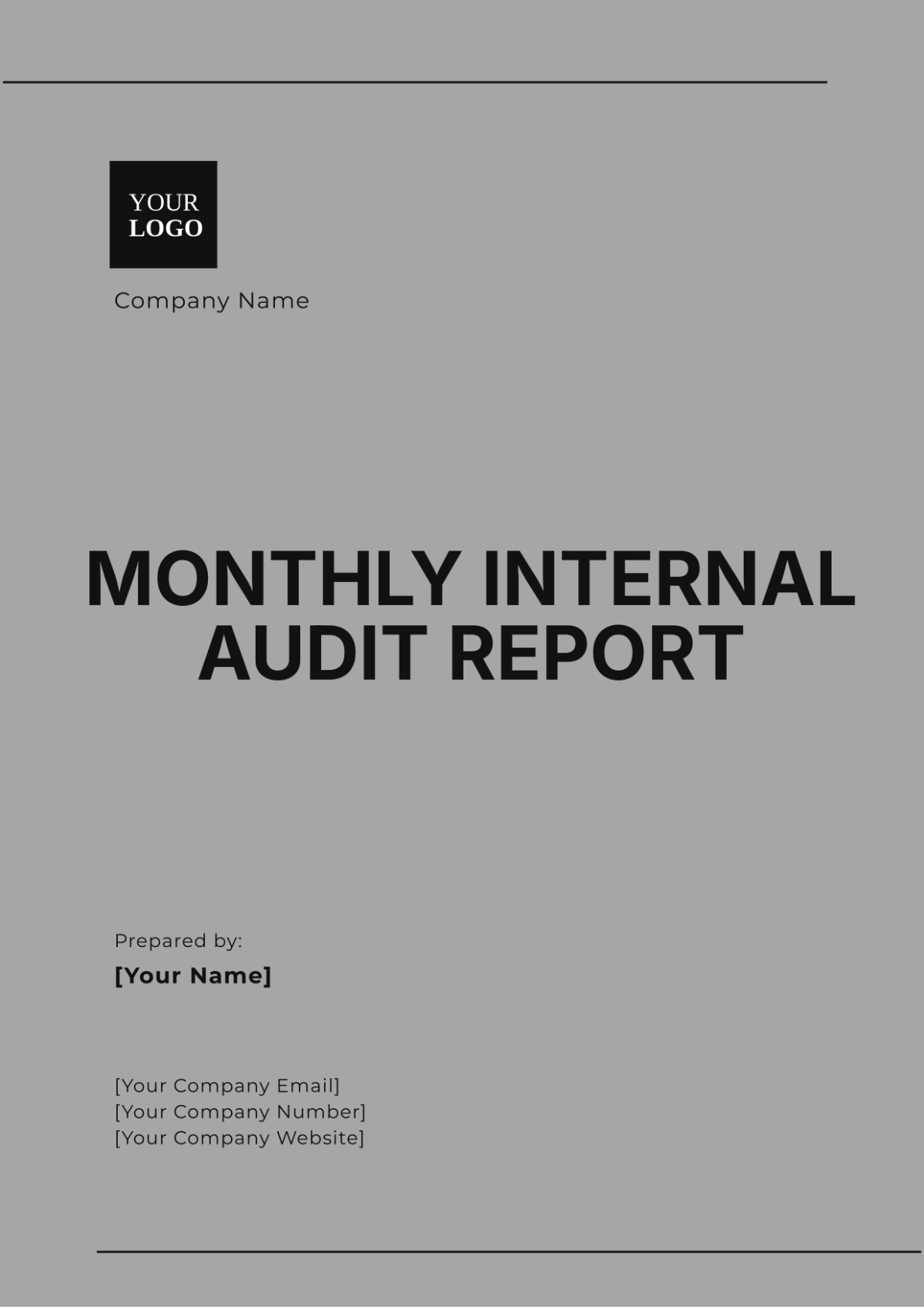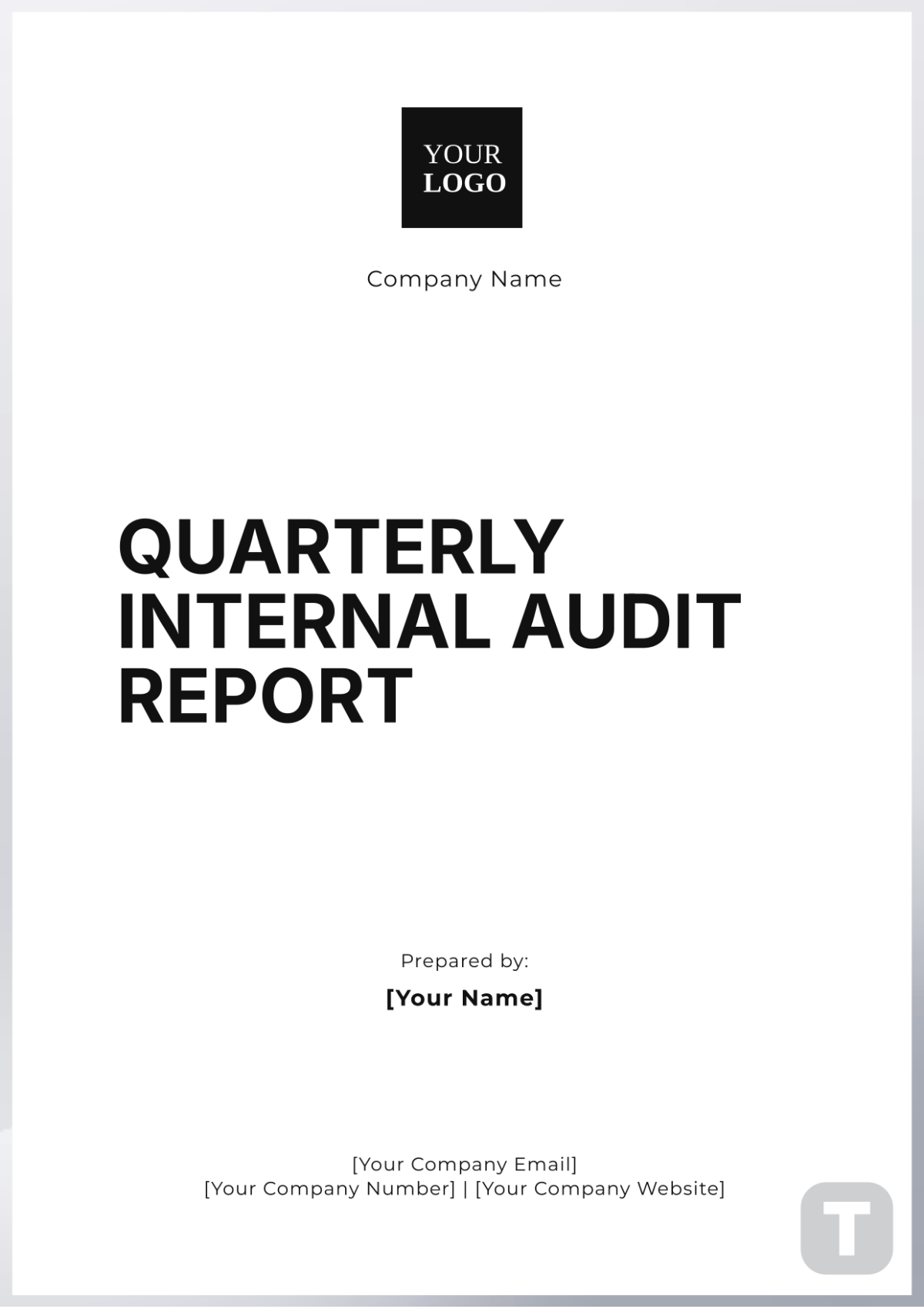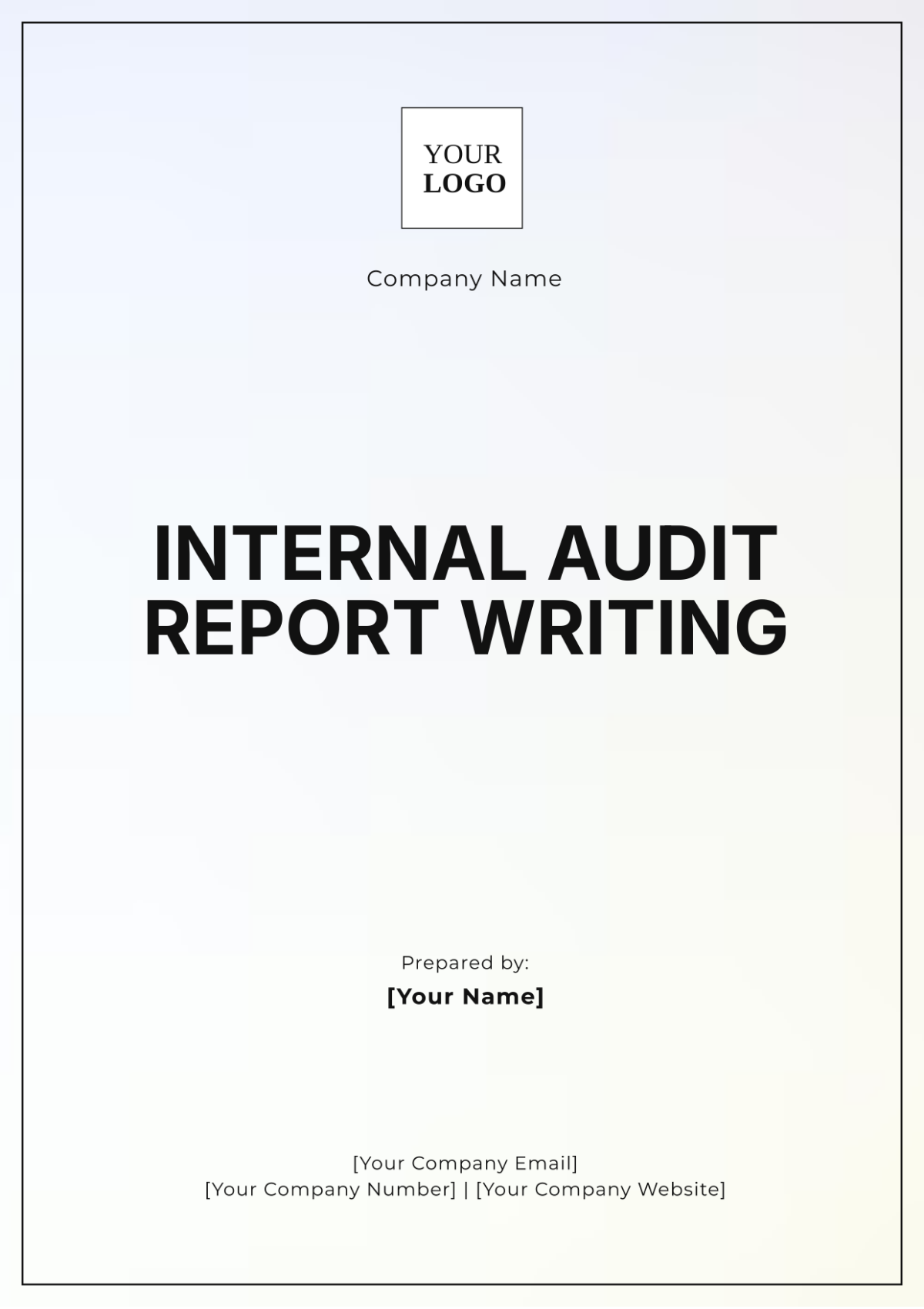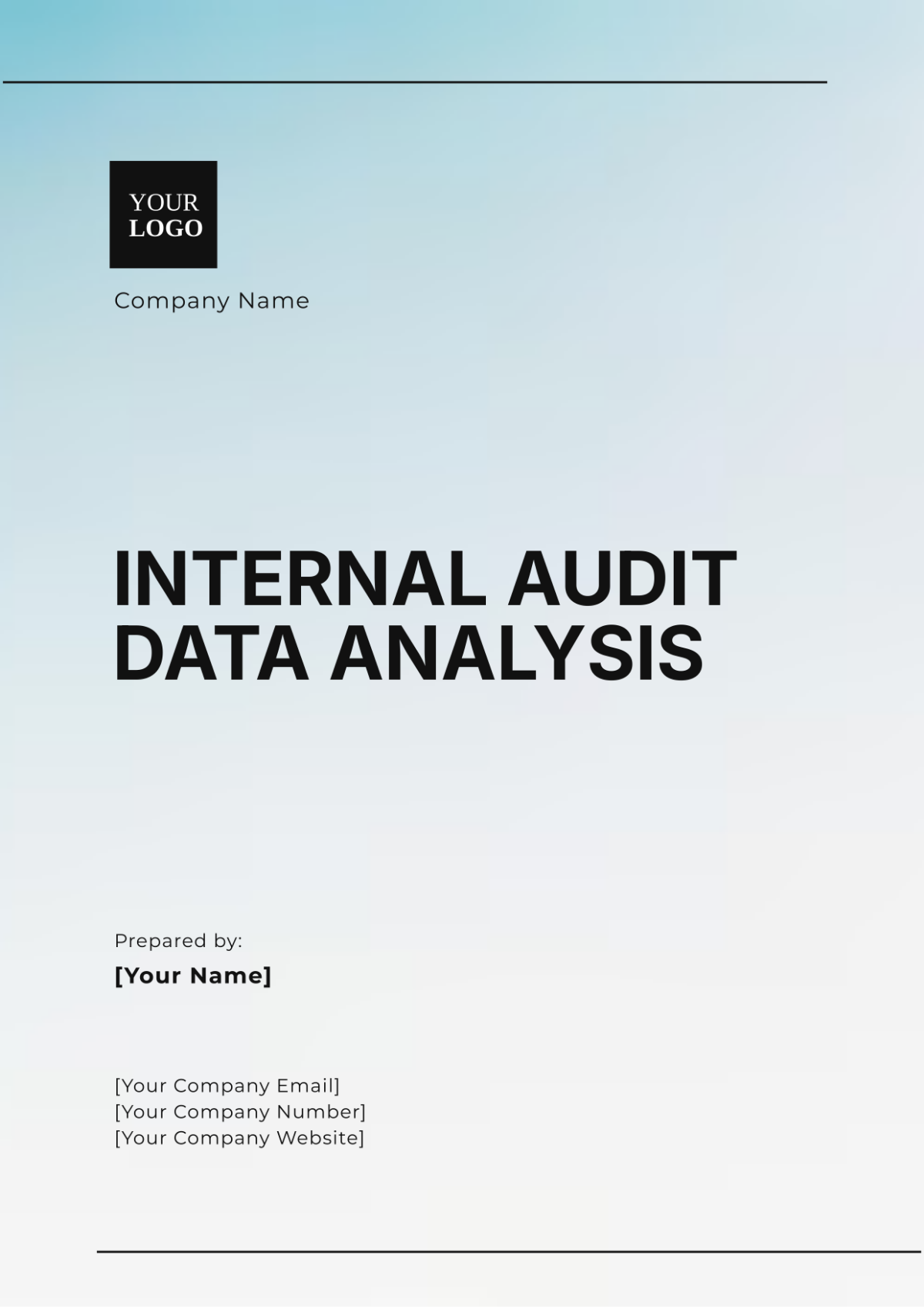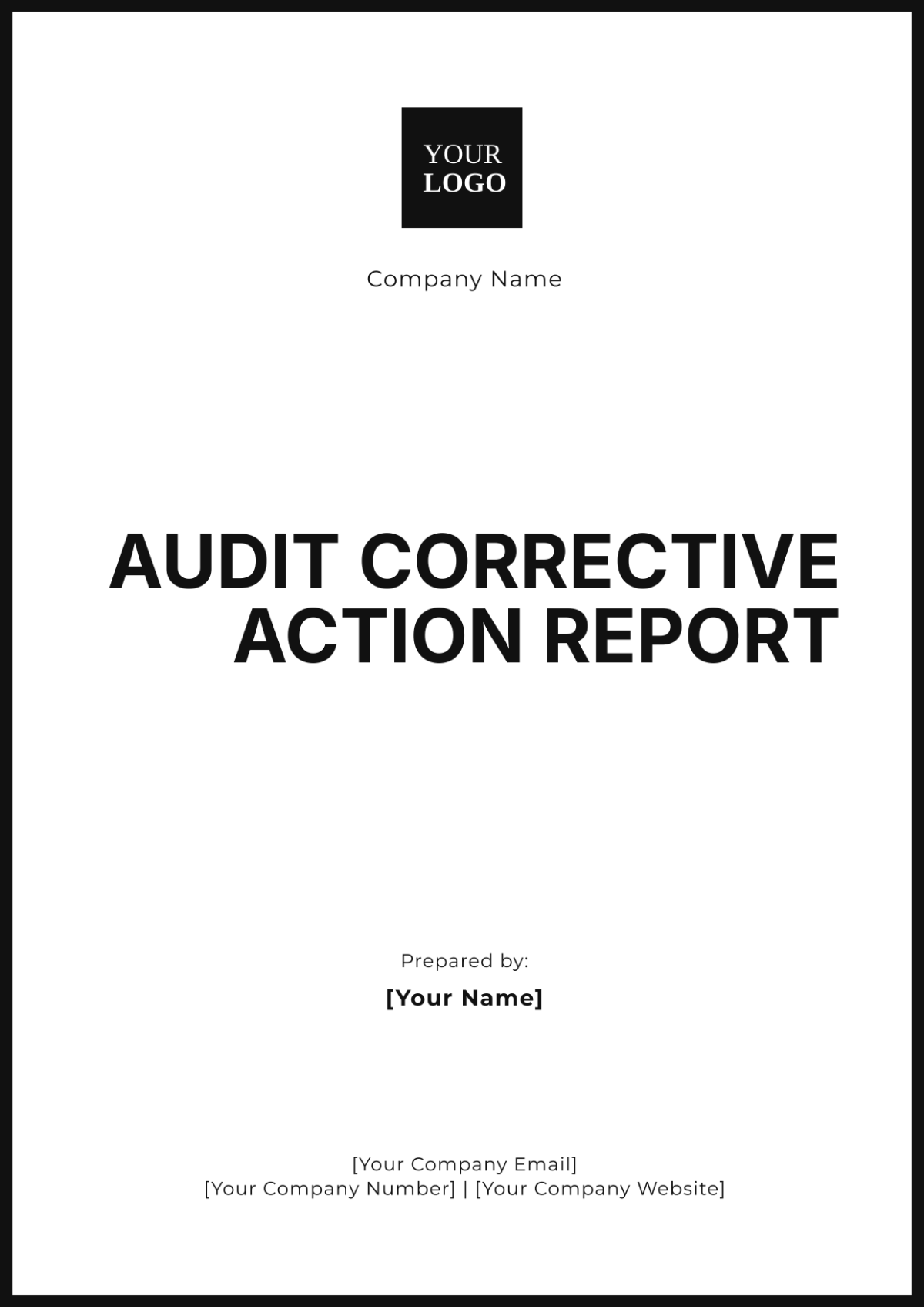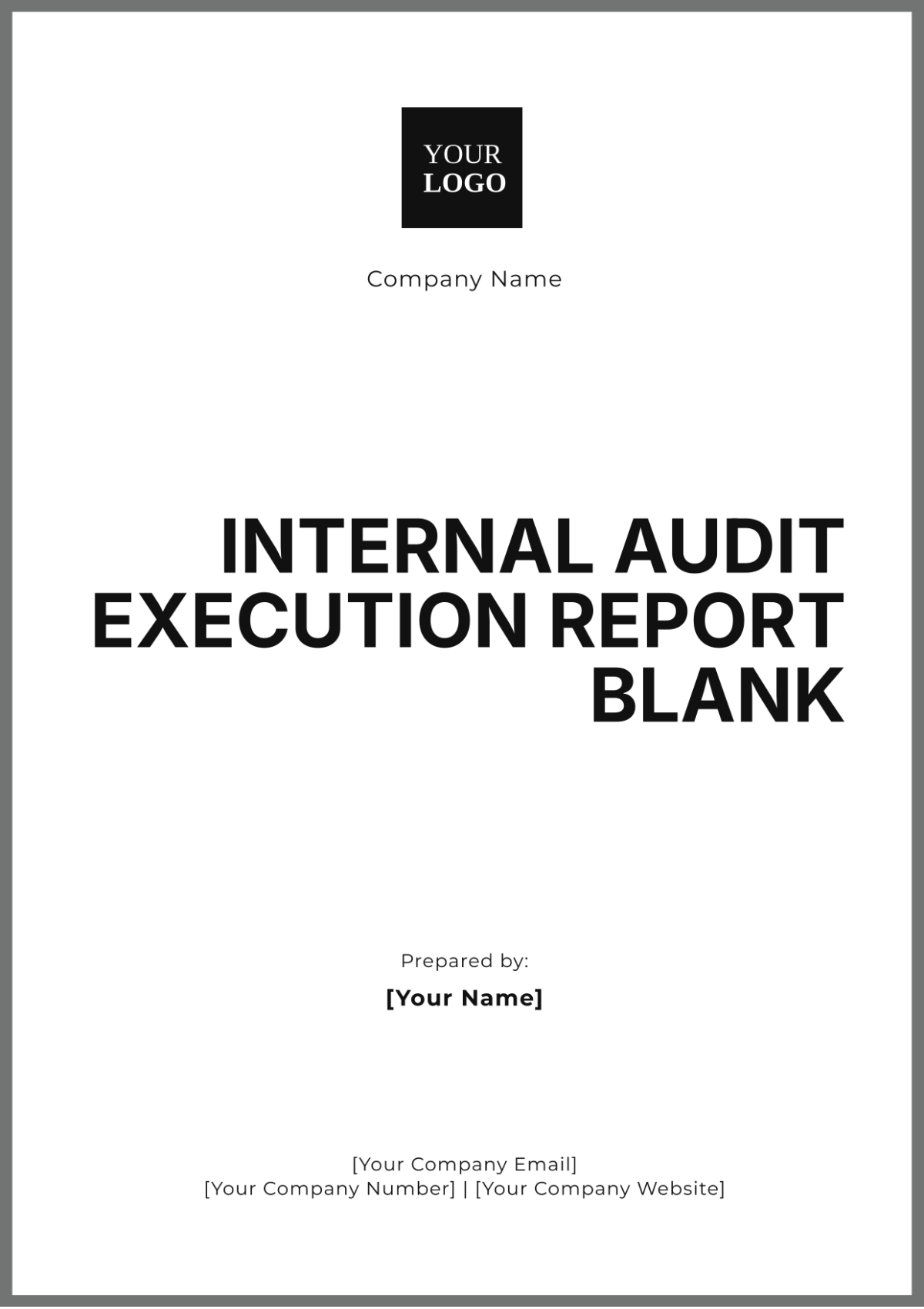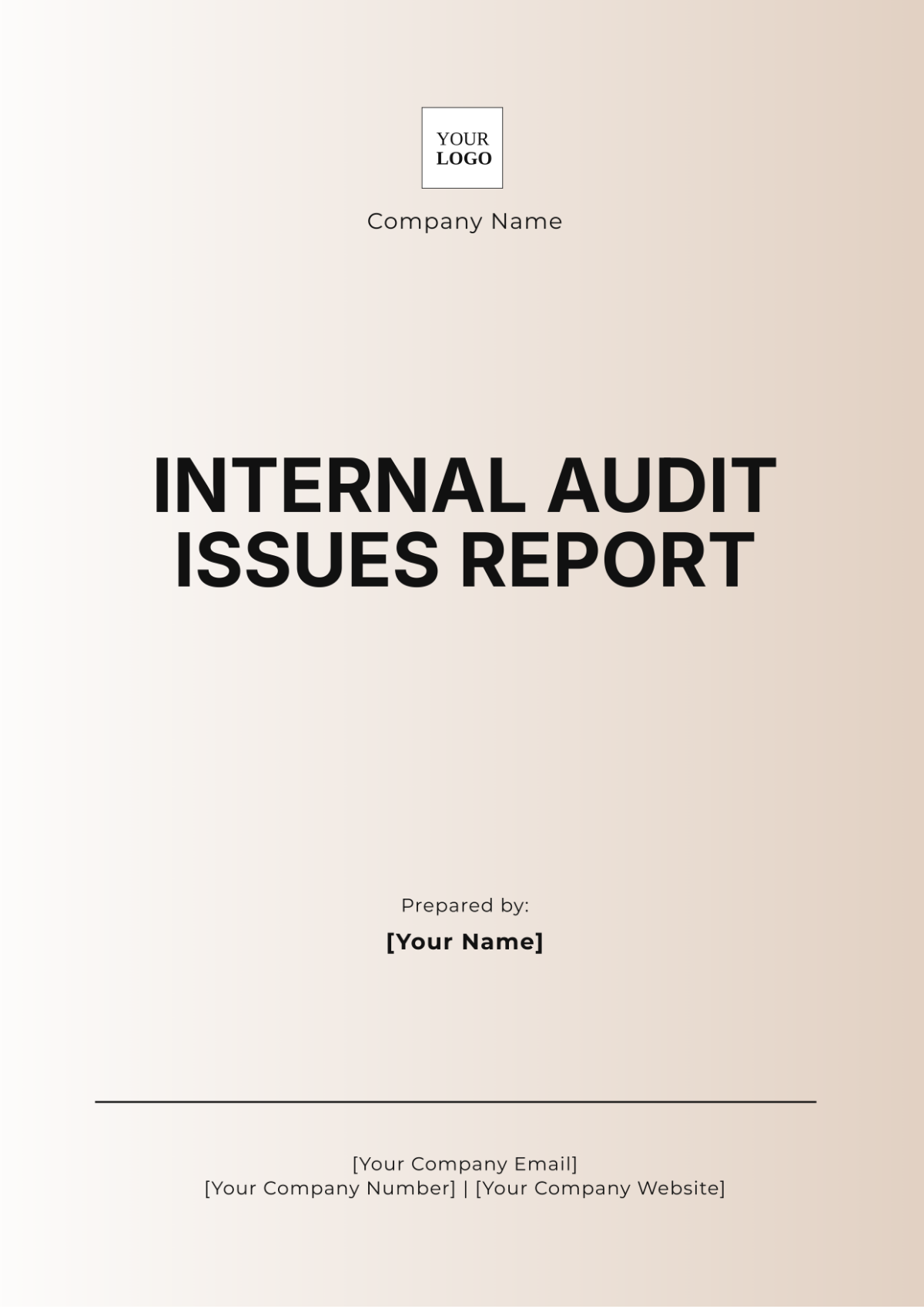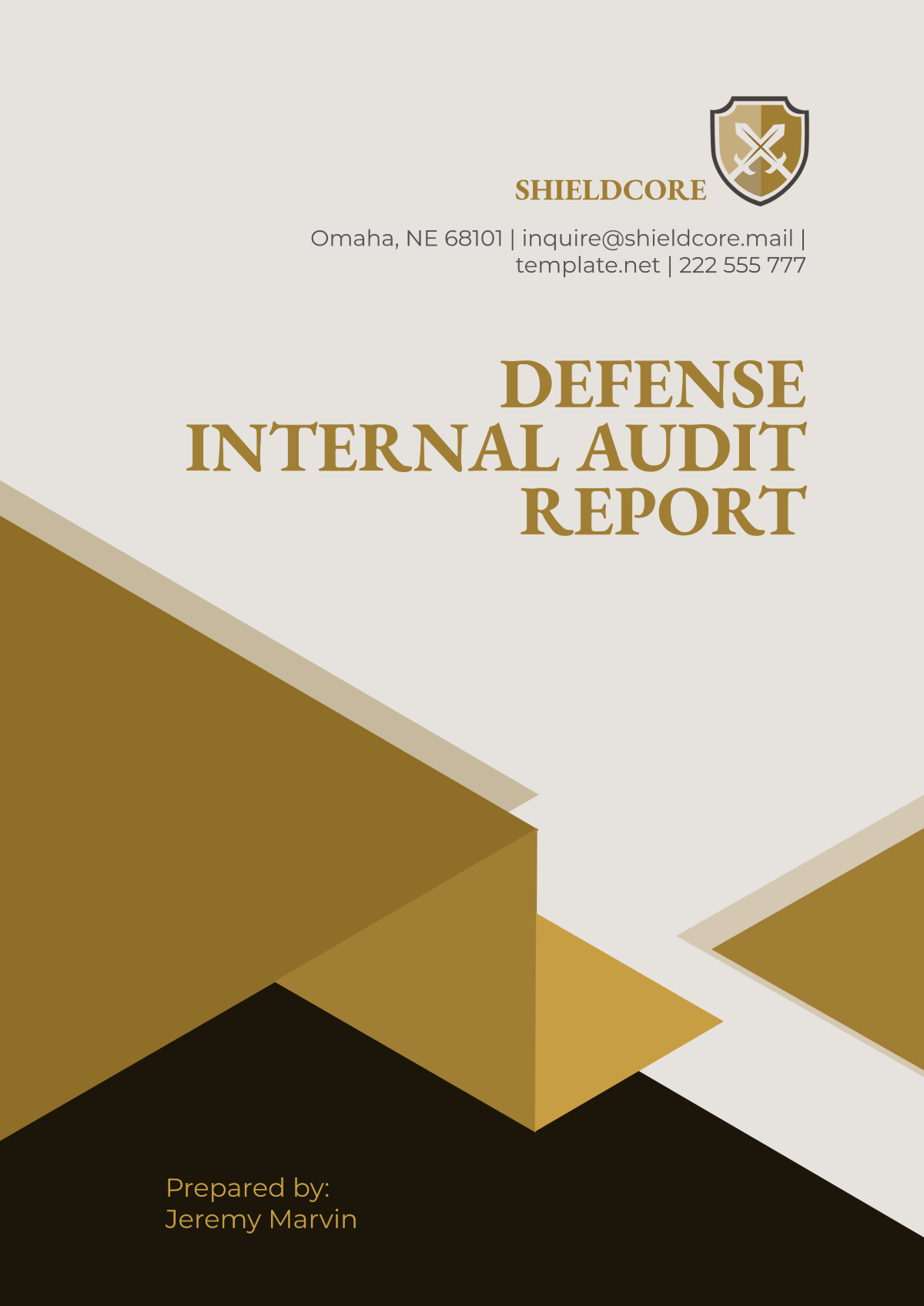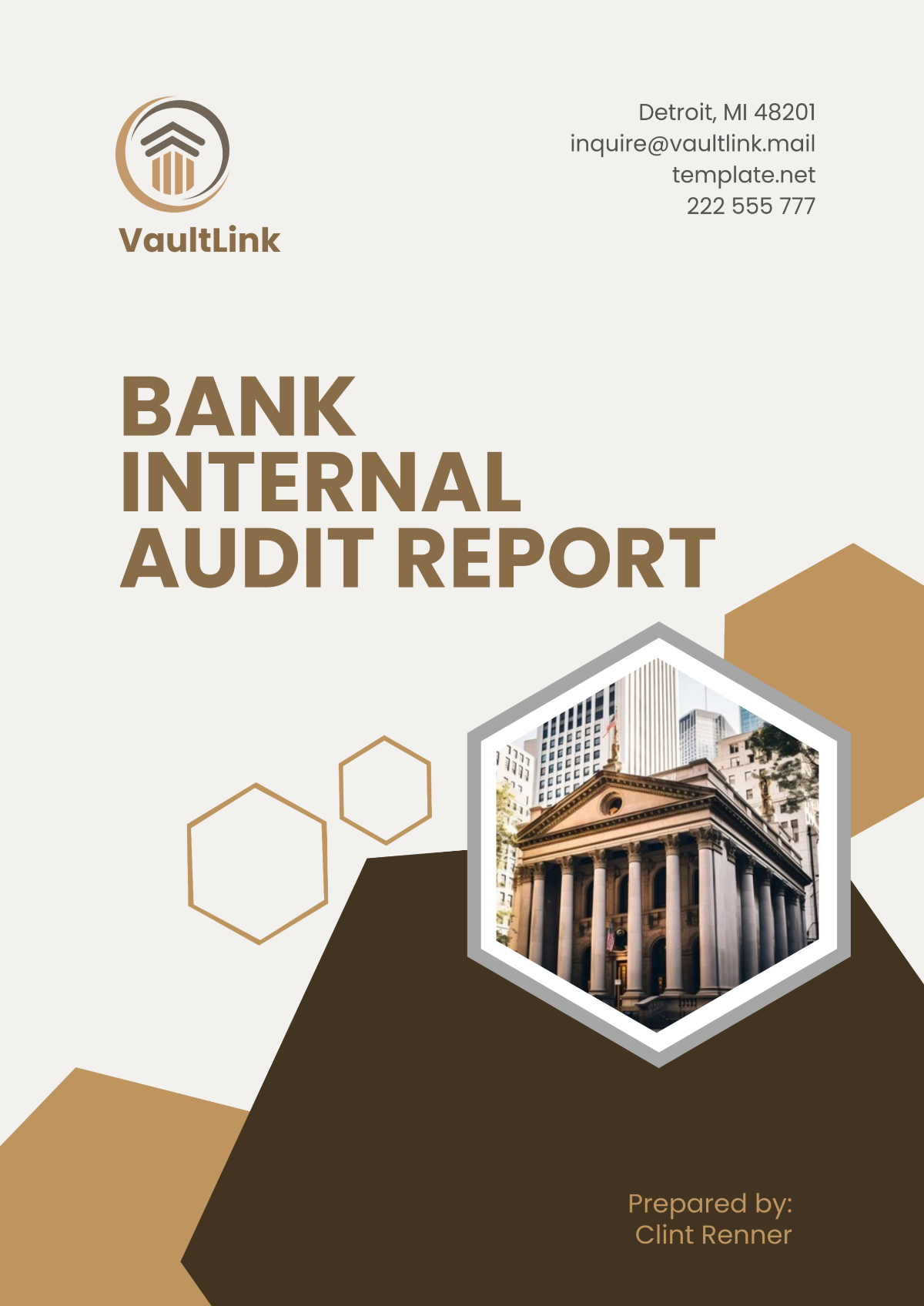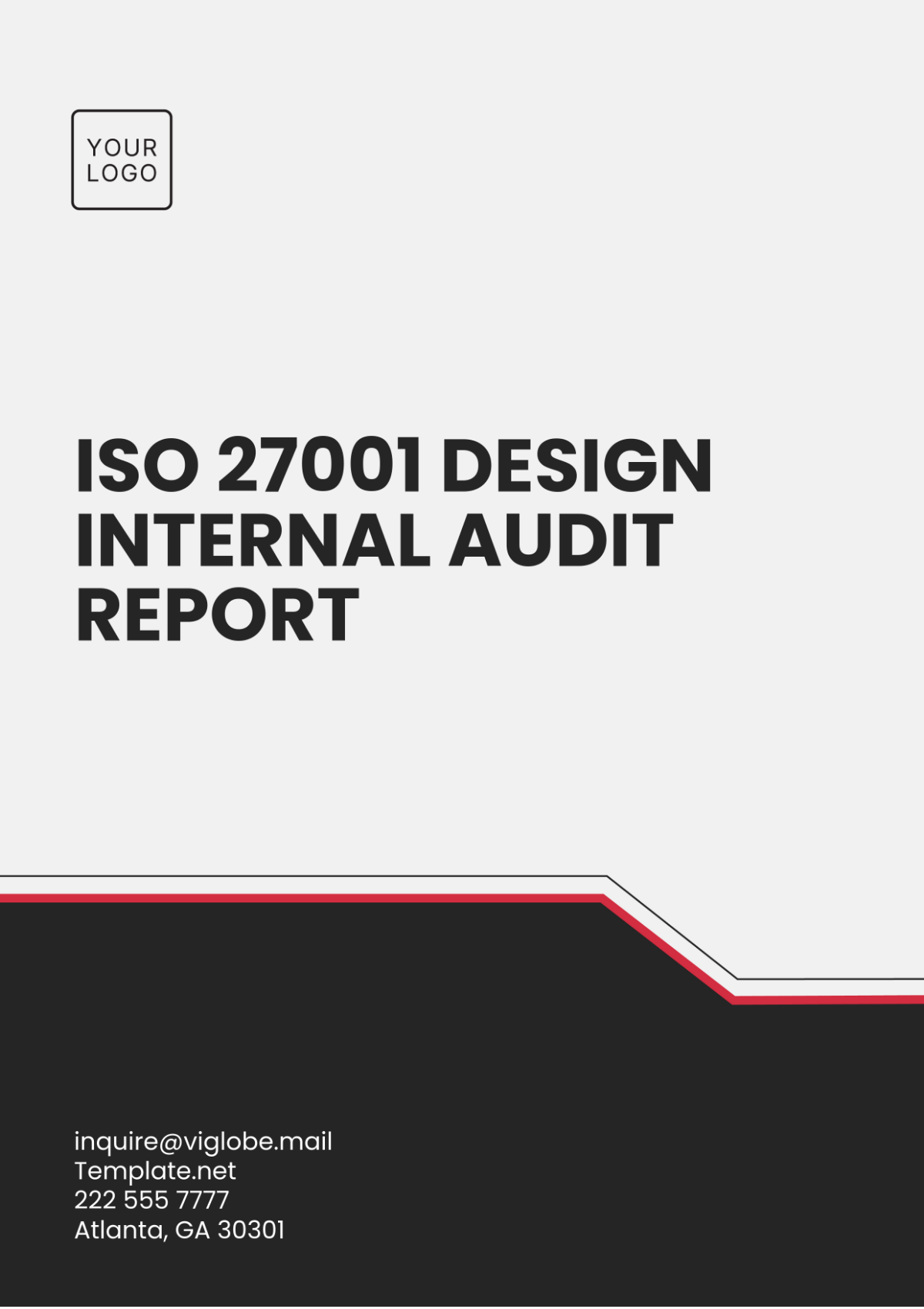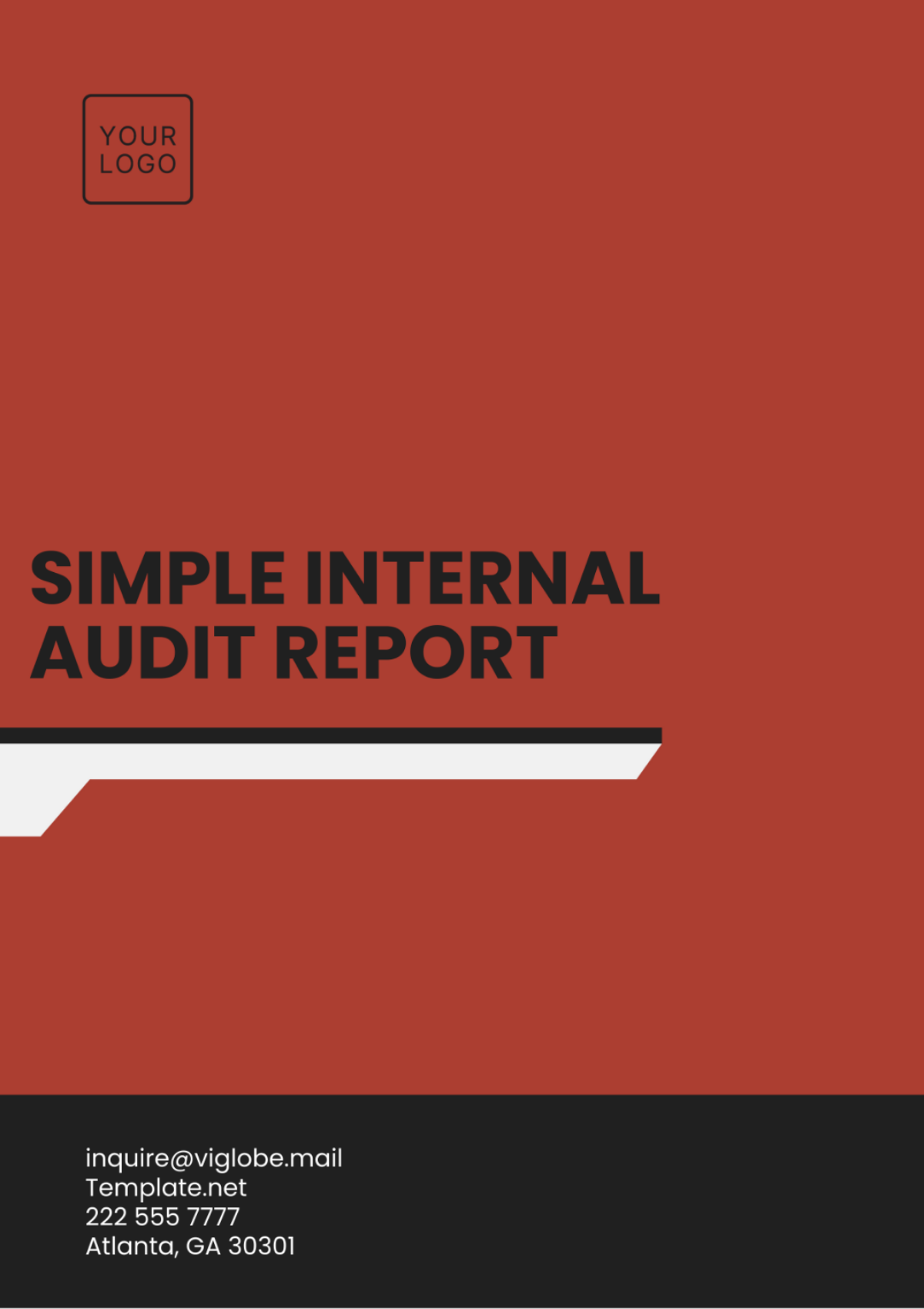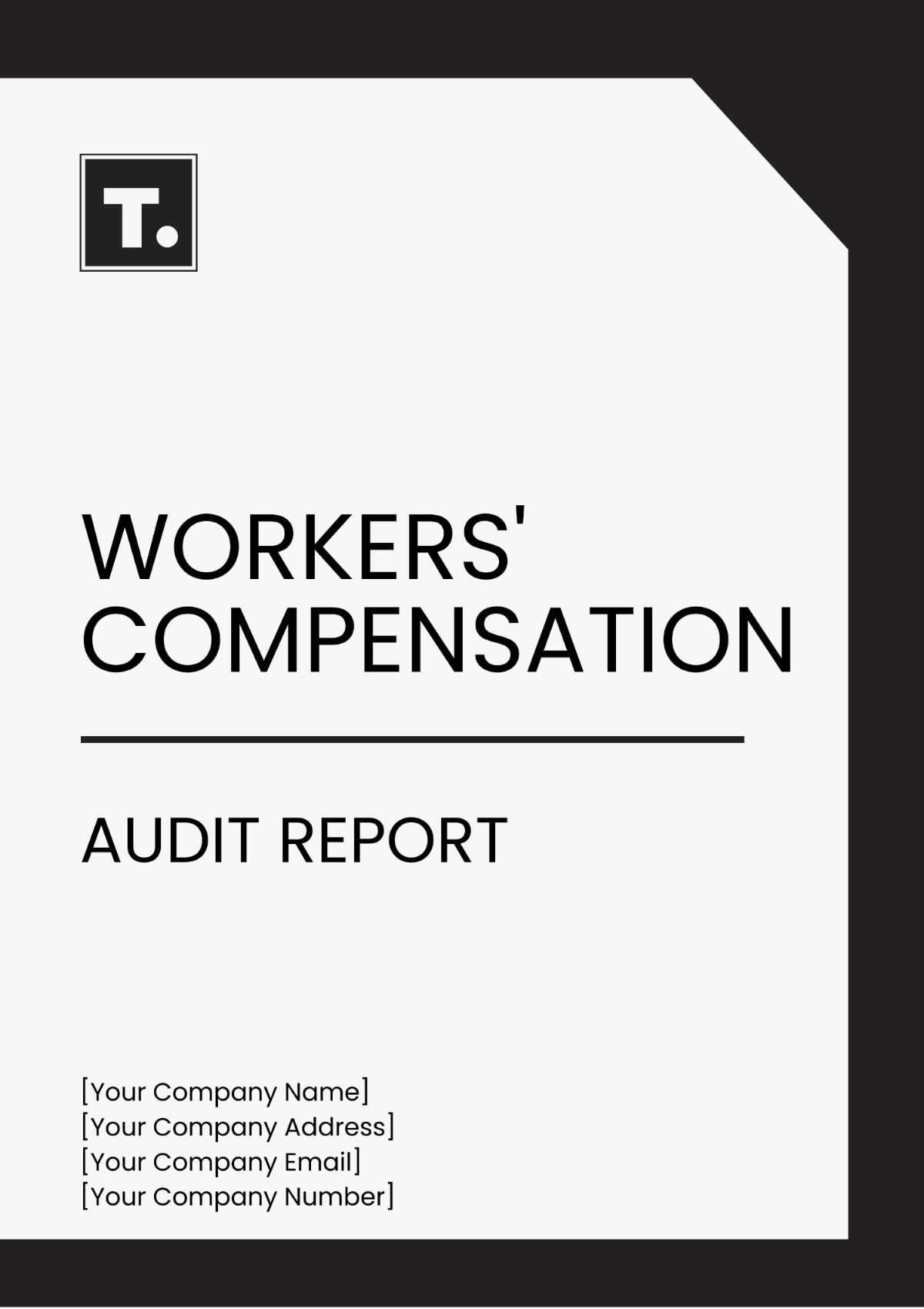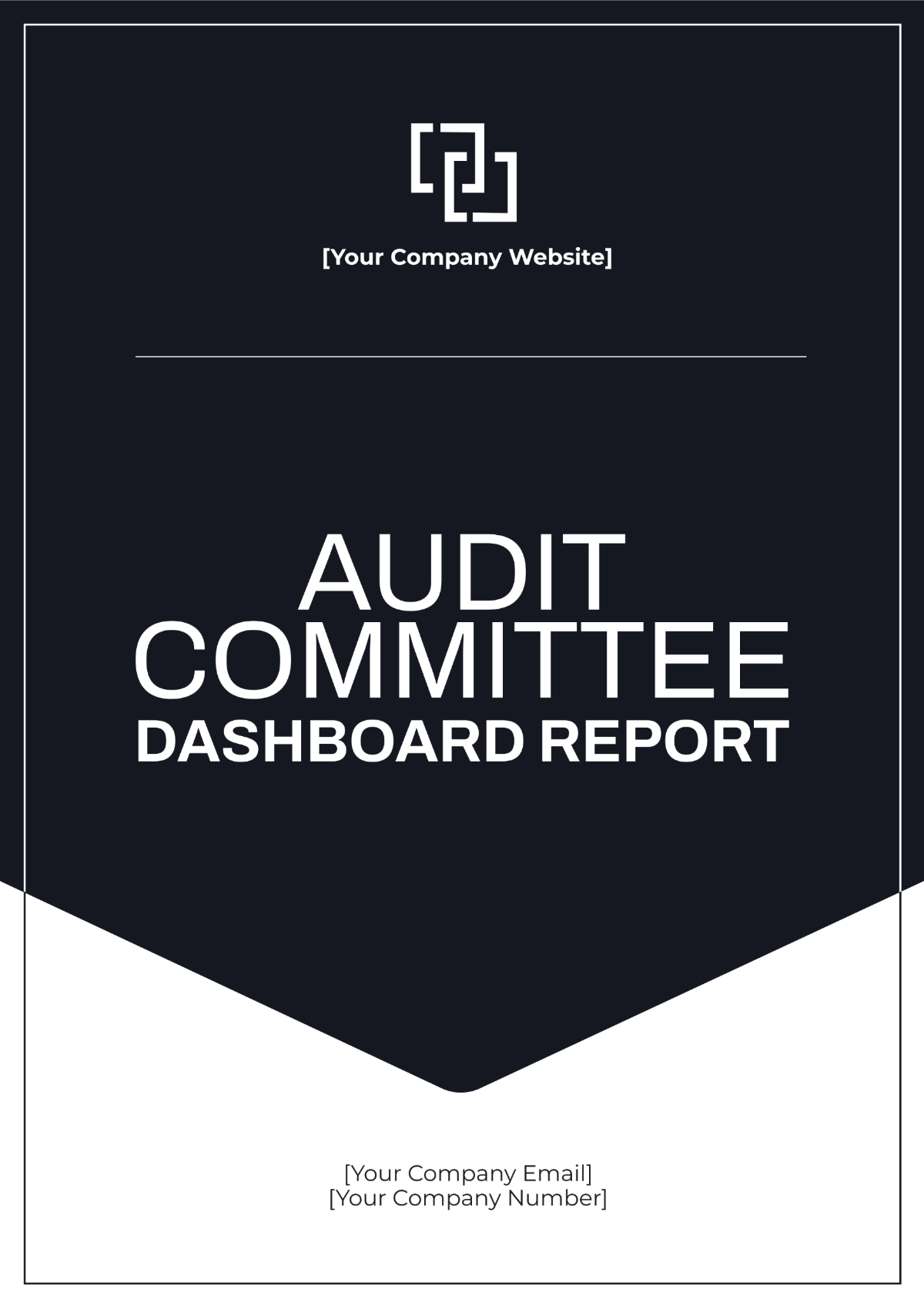Scope Internal Audit Report
1. Introduction
Audit Title:
Internal Audit of Accounts Payable ProcessAudit Period:
From January 1, 2050, to December 31, 2050Prepared By:
Jane Doe, Senior Internal AuditorReport Date:
September 20, 2050
2. Background
Purpose of the Audit:
The purpose of this internal audit is to evaluate the effectiveness and efficiency of the accounts payable process to ensure timely and accurate payments while preventing fraud and errors.Scope of the Audit:
The audit covers the following areas:Departments: Accounts Payable and Finance
Processes: Invoice processing, vendor management, payment approvals
Locations: Headquarters and Regional Offices
Timeframe: January 1, 2050, to December 31, 2050
3. Objectives
Primary Objectives:
The key objectives of this audit include:Assessing Internal Controls: Evaluating the adequacy of internal controls to prevent unauthorized payments.
Compliance Evaluation: Ensuring compliance with internal policies and external regulations, such as the Sarbanes-Oxley Act.
Operational Efficiency: Identifying bottlenecks in the invoice processing workflow that could be streamlined.
Risk Assessment: Evaluating the risk of fraud in vendor payments and overall financial management.
4. Methodology
Approach:
The audit was conducted using the following methods:Interviews: Engaged with key personnel, including the Accounts Payable Manager and Finance Director, to understand existing processes and controls.
Document Review: Analyzed documentation such as:
Vendor contracts
Invoice approvals
Payment records
Observations: Conducted site visits to observe the invoice processing steps in both the headquarters and regional offices.
Sample Size and Selection Criteria:
A sample of 150 invoices was selected randomly from a total of 1,500 processed in 2050, ensuring a representative overview of the process.
5. Findings
Key Findings:
The audit revealed several significant findings:Strengths:
Effective segregation of duties in the approval process for invoices over $10,000, reducing the risk of fraud.
Timely payments to vendors with a 98% on-time payment rate, maintaining positive vendor relationships.
Areas for Improvement:
Inconsistent documentation of approvals for invoices under $10,000, leading to potential compliance risks.
Delays of up to two weeks in processing time for certain regional offices due to manual entry errors.
Non-Compliance Issues:
Instances of duplicate payments totaling $25,000 were identified due to a lack of system controls to flag repeated entries.
6. Recommendations
Actionable Recommendations:
For each finding, the following recommendations are provided:
Here’s the information formatted into a table:
Finding
Recommendation
Responsible Party
Timeline for Implementation
Inconsistent documentation of approvals for invoices under $10,000
Implement a standardized electronic approval system to enhance documentation consistency.
Accounts Payable Manager
December 31, 2051
Processing delays in regional offices
Conduct training sessions for staff on the use of the invoicing software to minimize manual errors.
Training Coordinator
November 30, 2051
Duplicate payments totaling $25,000
Enhance the accounts payable system to include automated checks for duplicate invoice entries.
IT Department
March 31, 2052
7. Conclusion
Summary of Audit Results:
The internal audit has provided a comprehensive assessment of the accounts payable process. Overall, while strong controls are evident in the higher-value transactions, improvements are necessary in documentation practices and process efficiency to mitigate risks and enhance operational performance.
8. Appendices
Supporting Documents:
Appendix A: Detailed Findings and Recommendations
Appendix B: Sample Documentation Reviewed (e.g., invoices, contracts)
Appendix C: Interview Summaries
Appendix D: Risk Assessment Matrix
